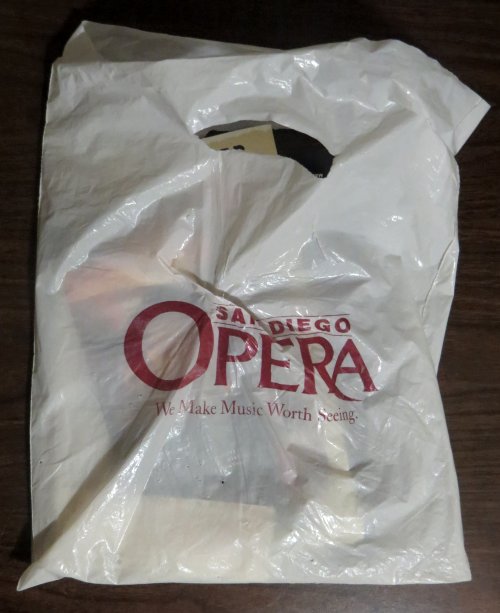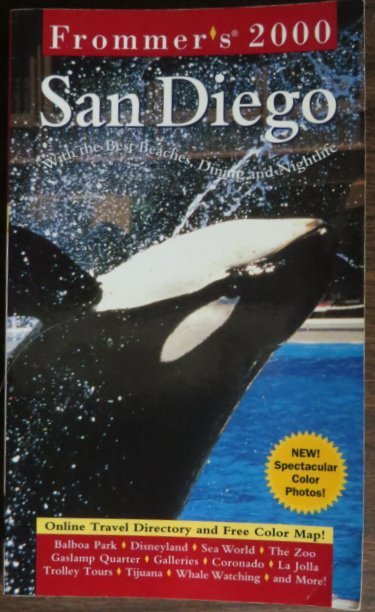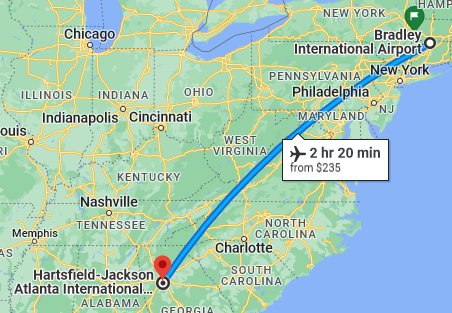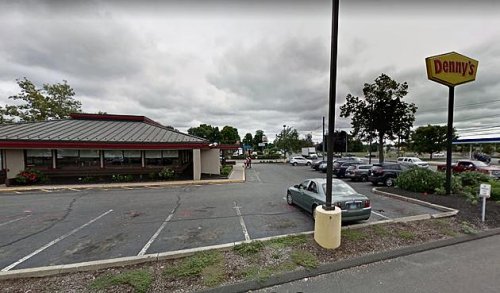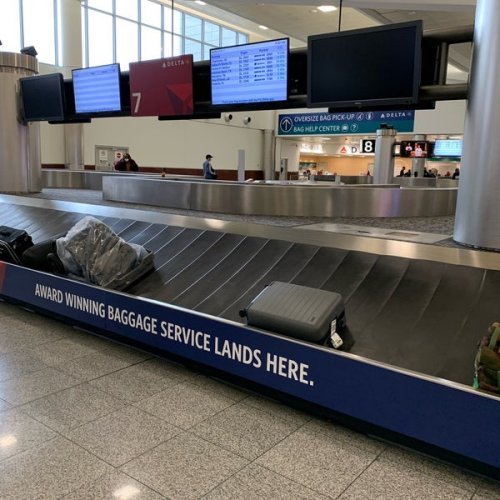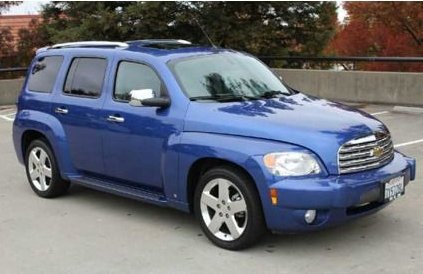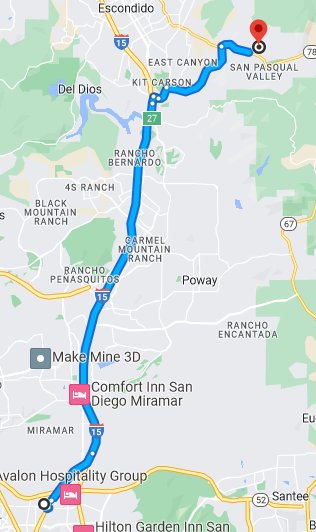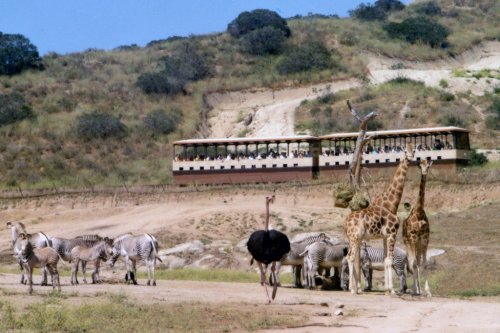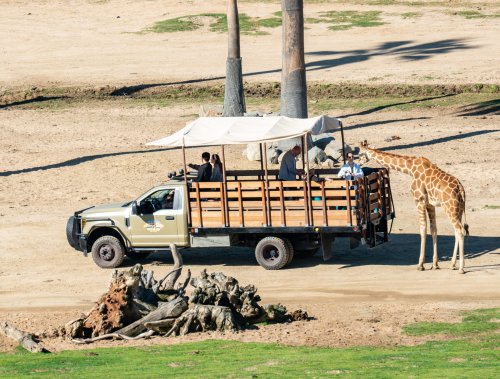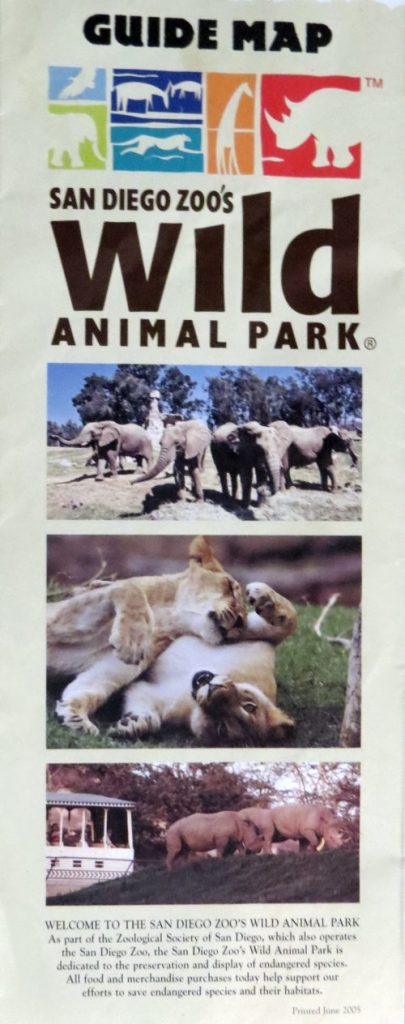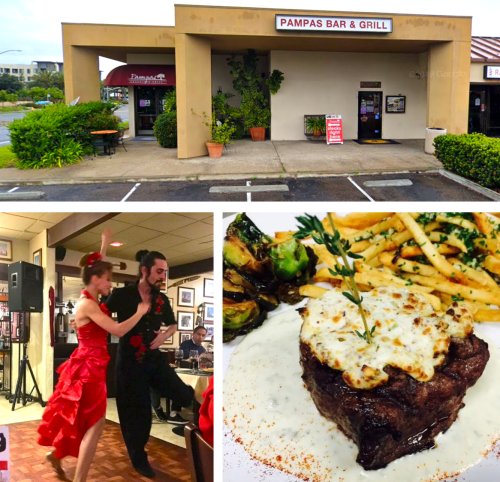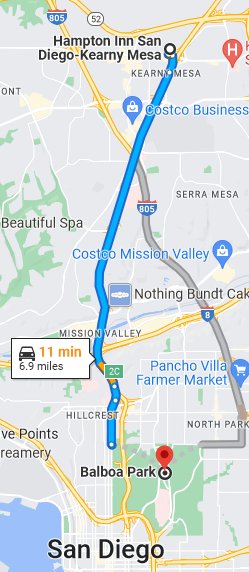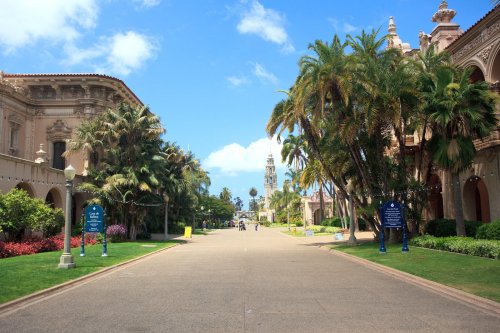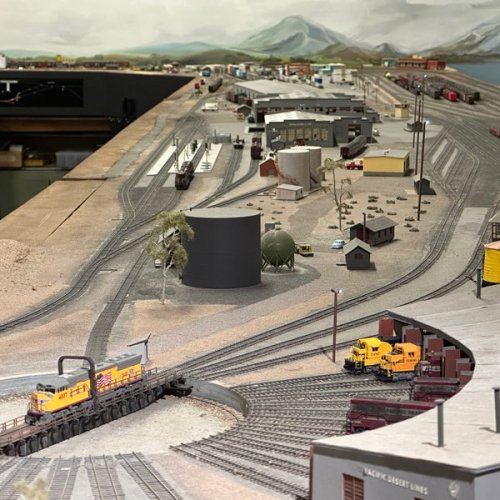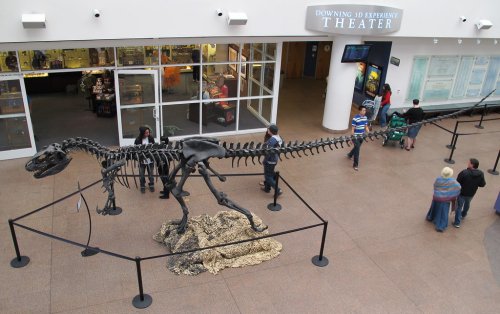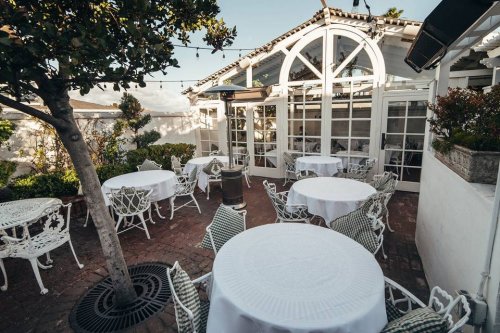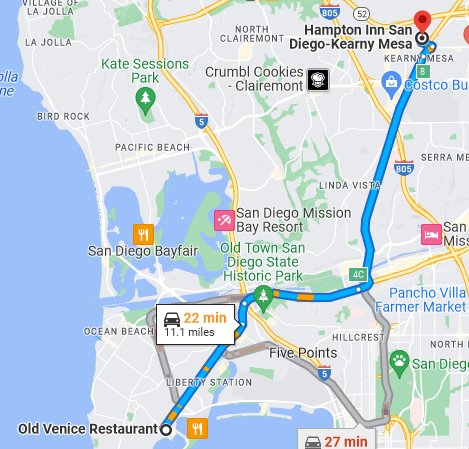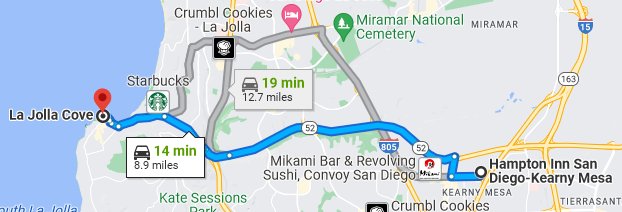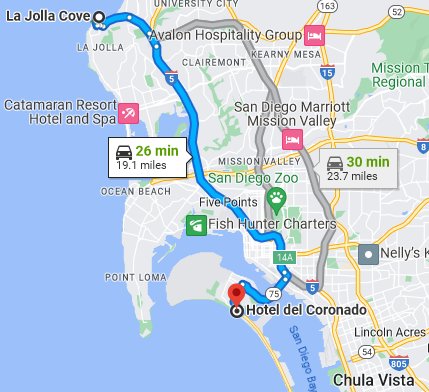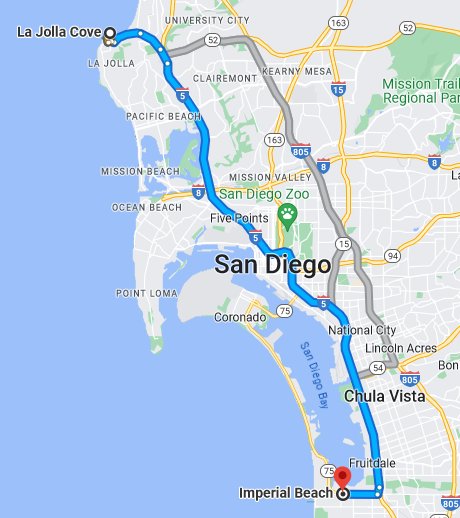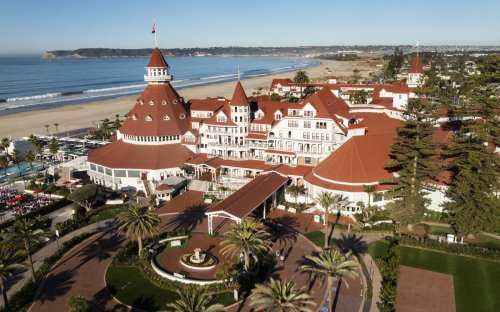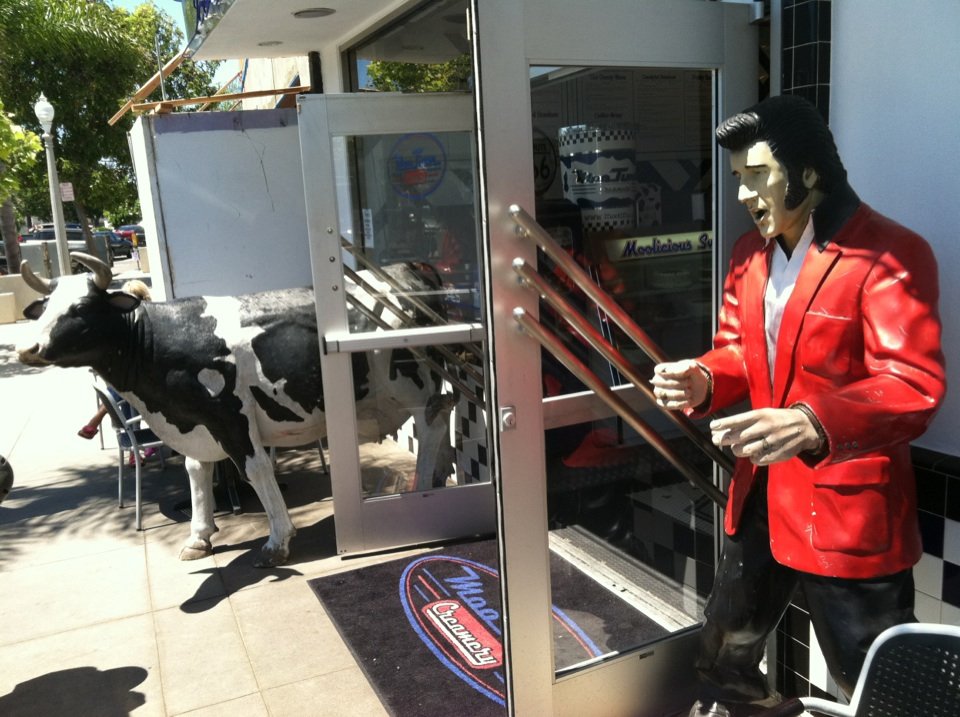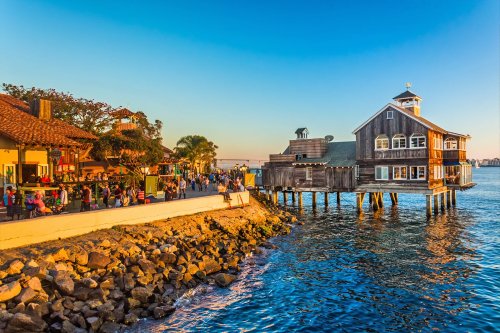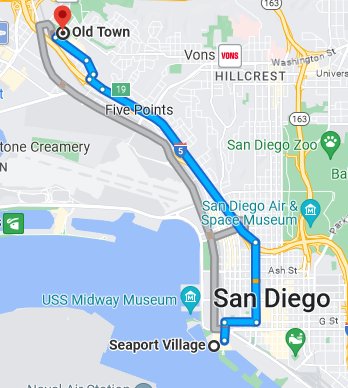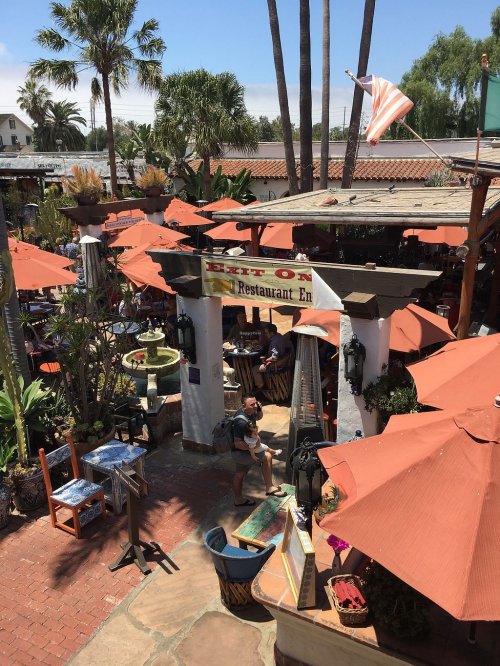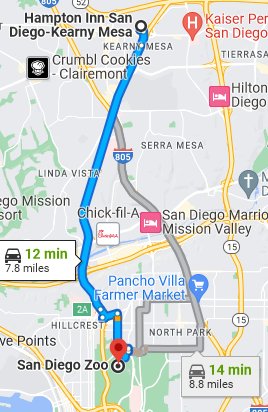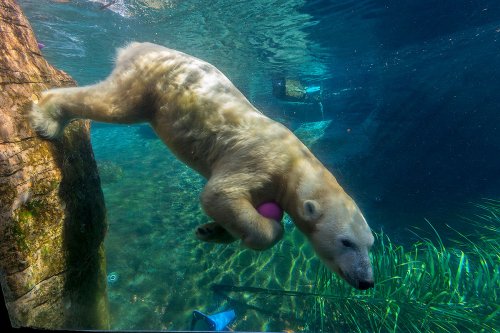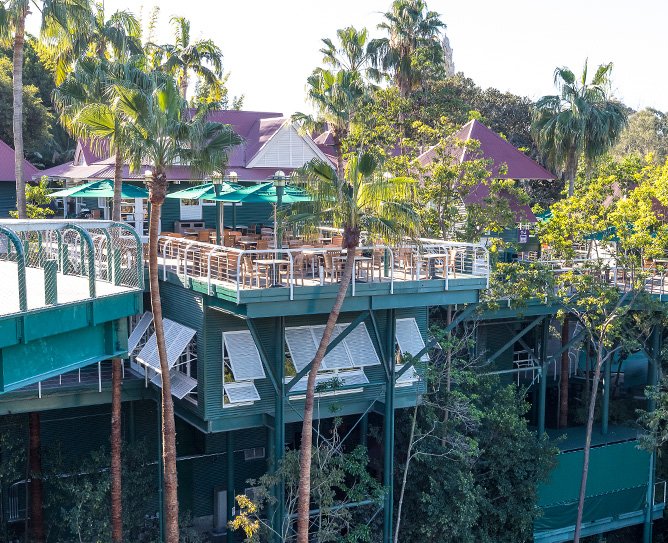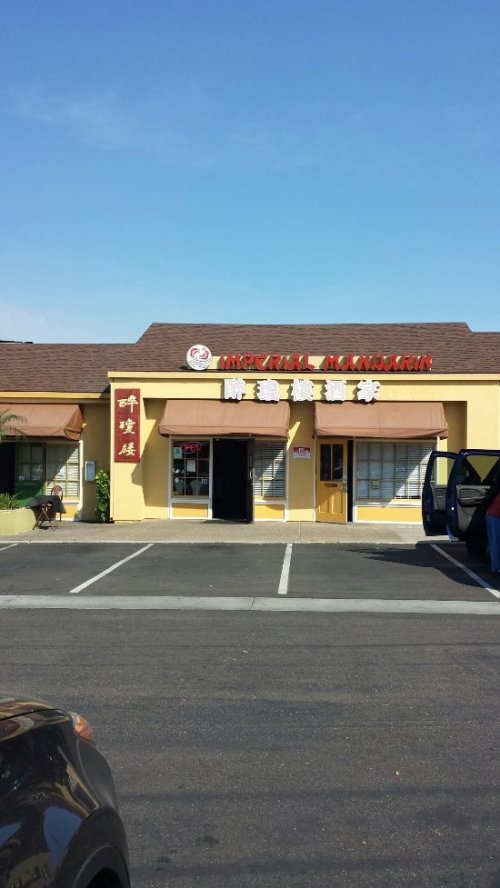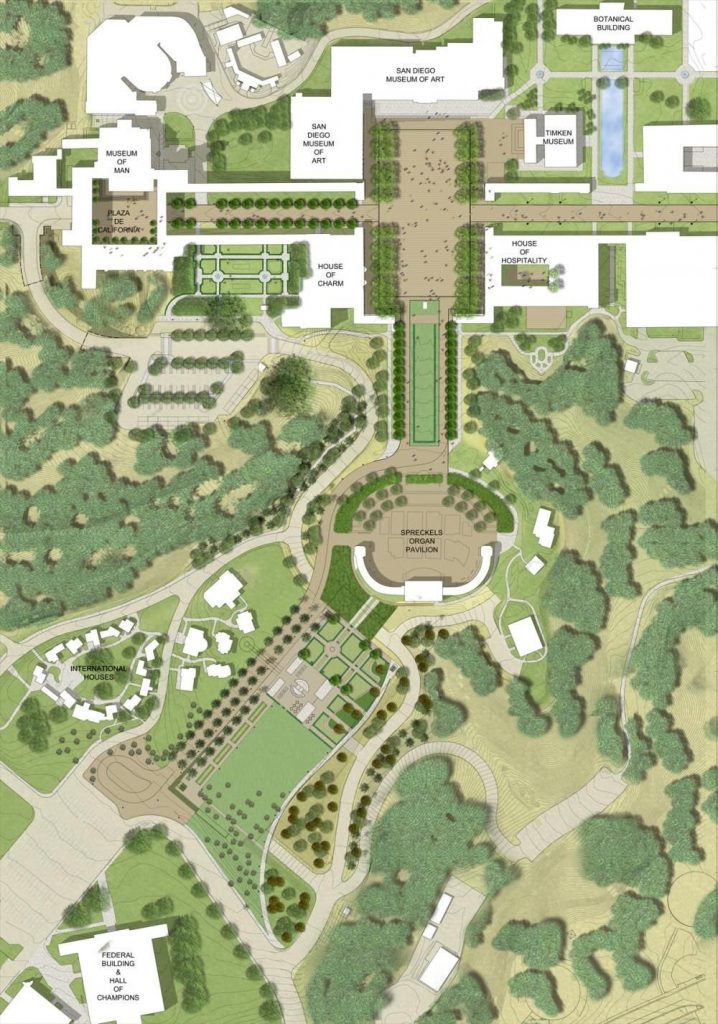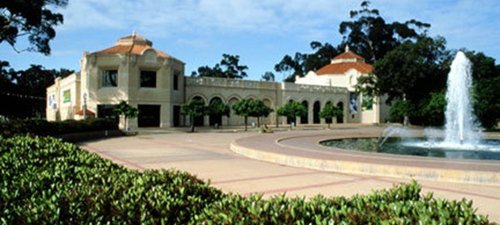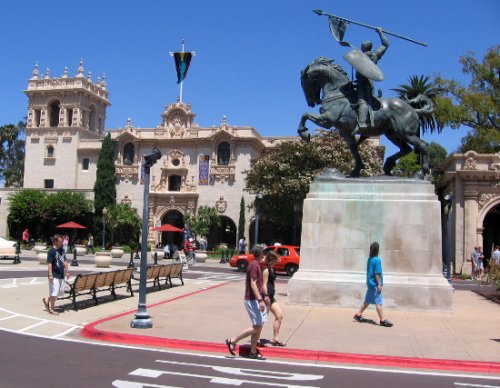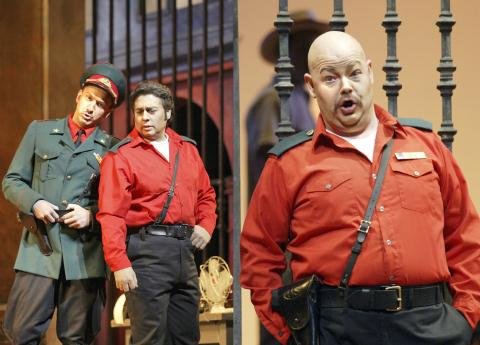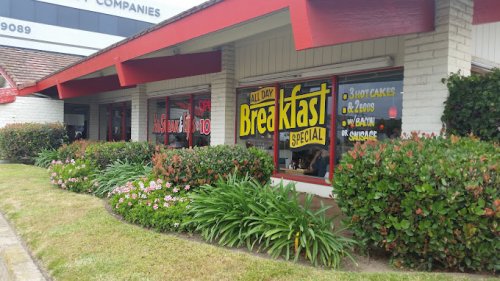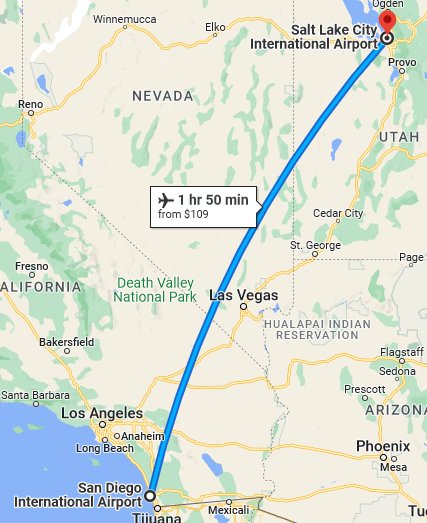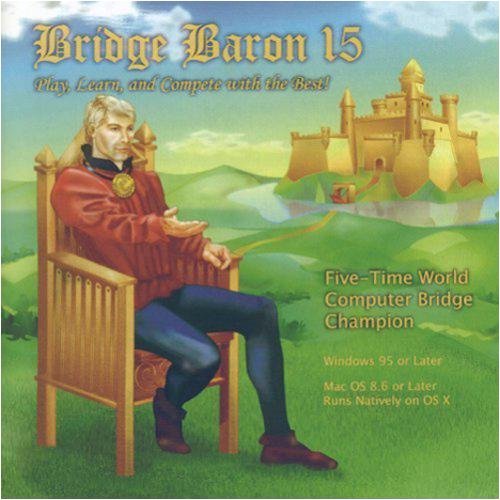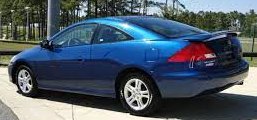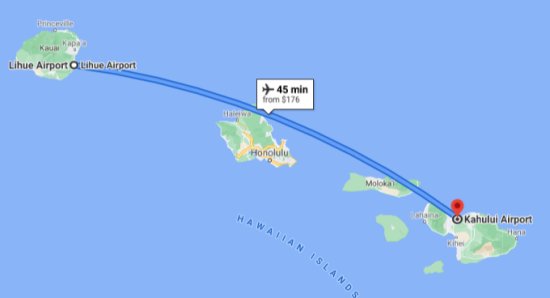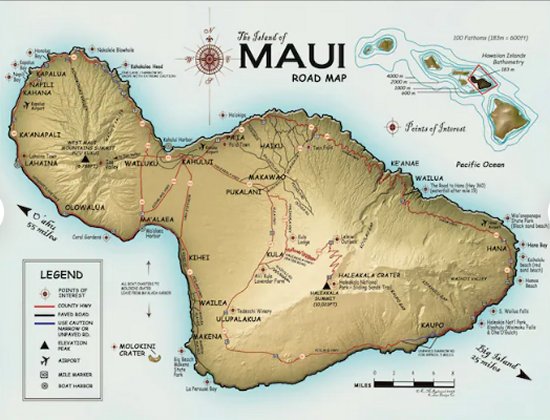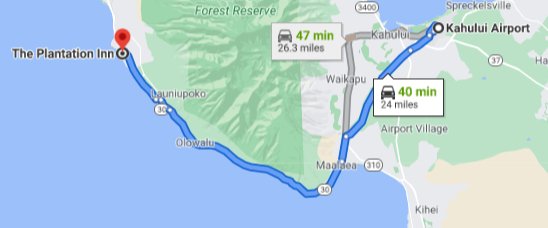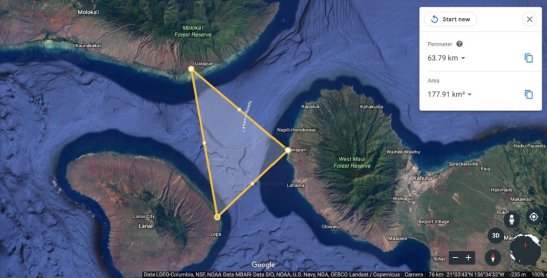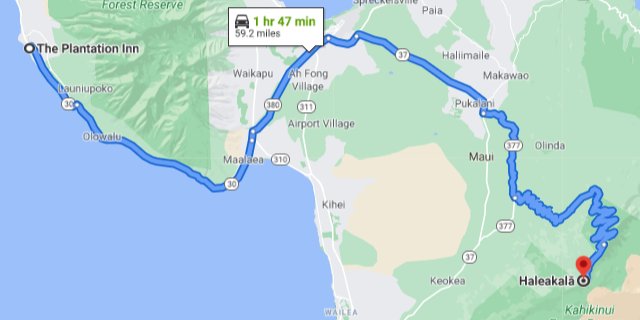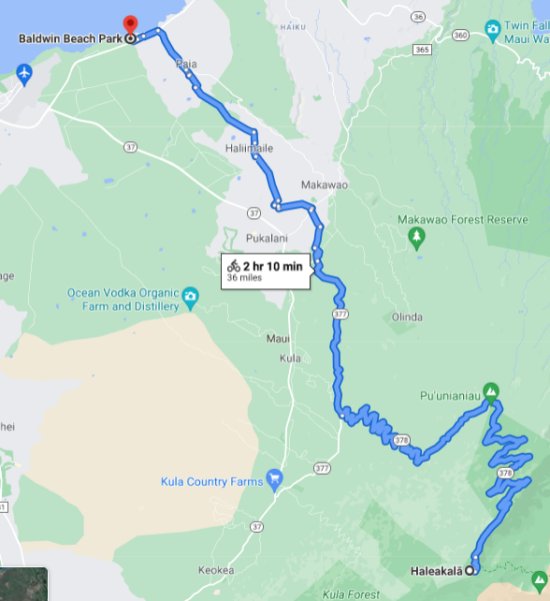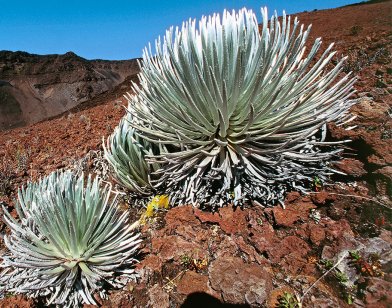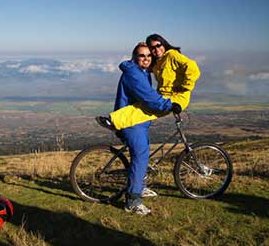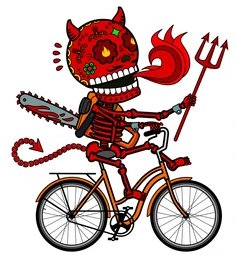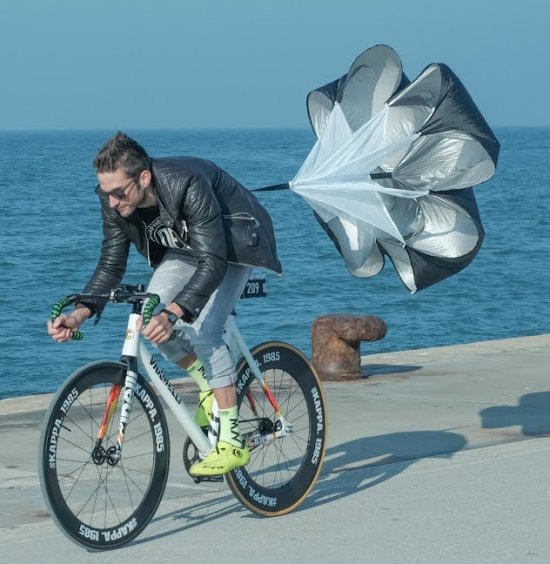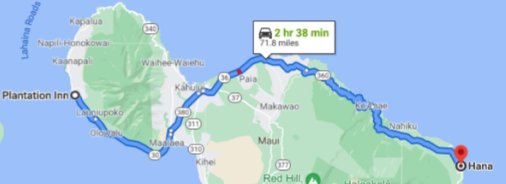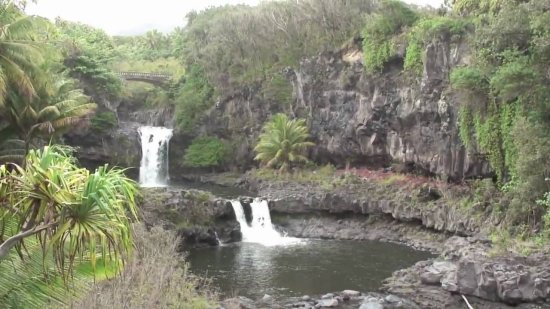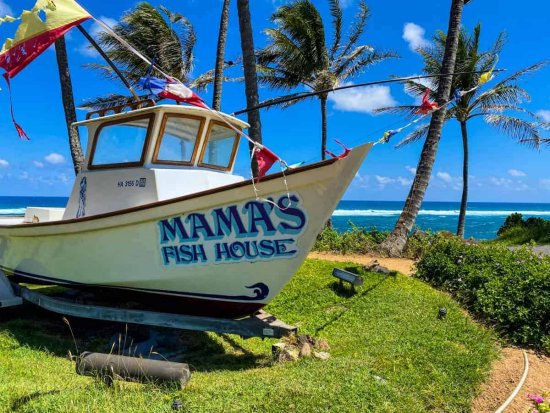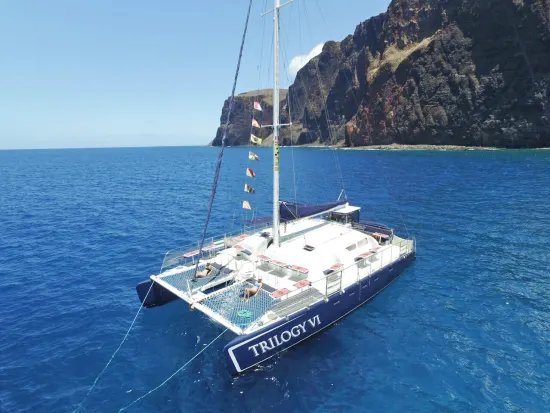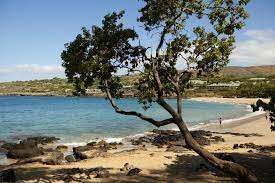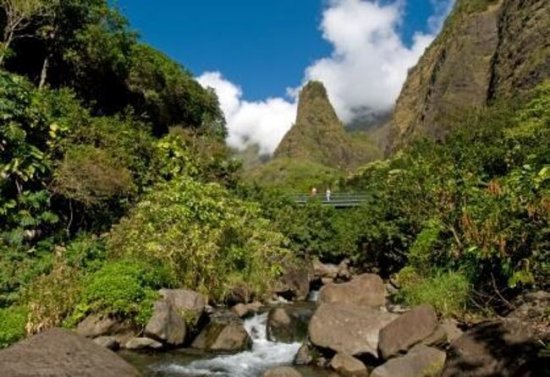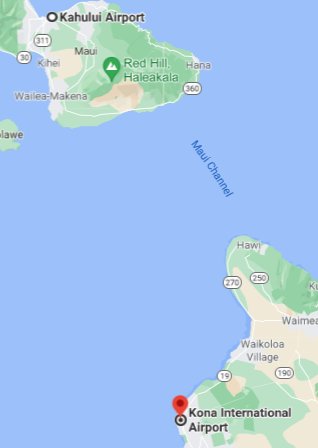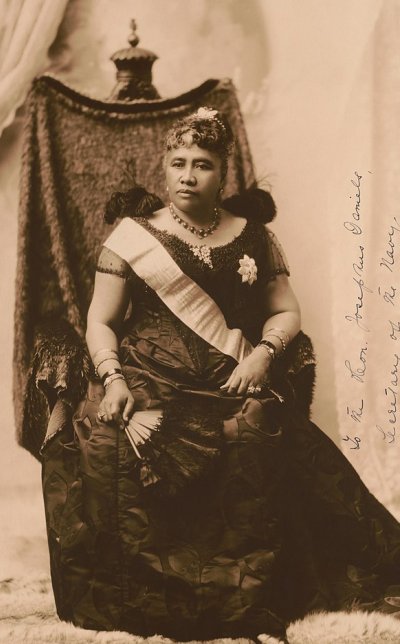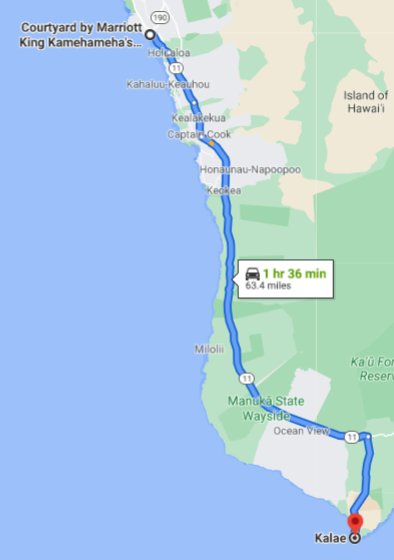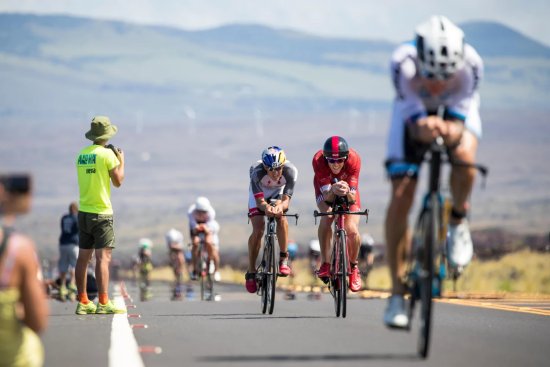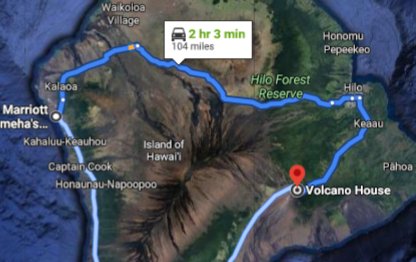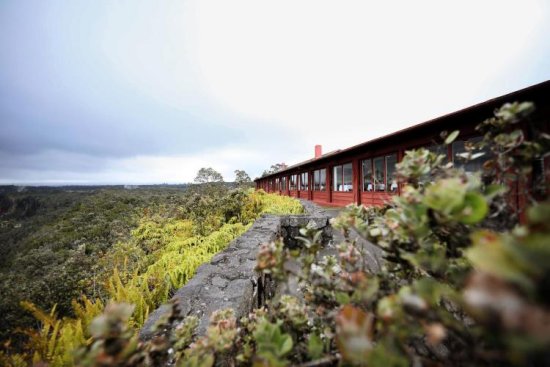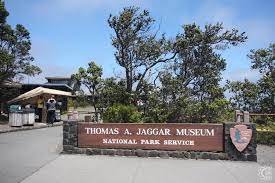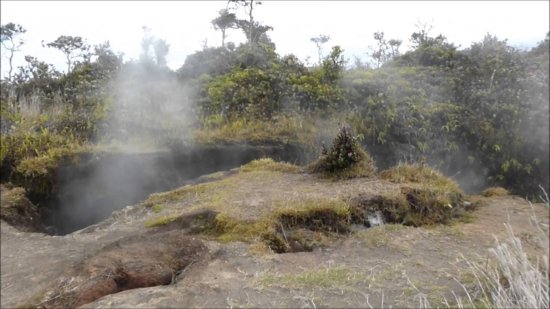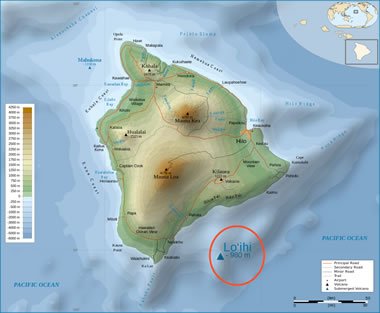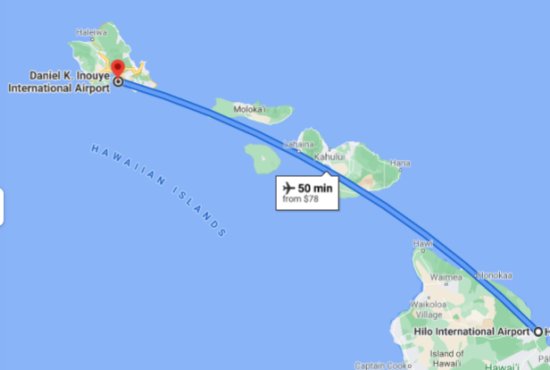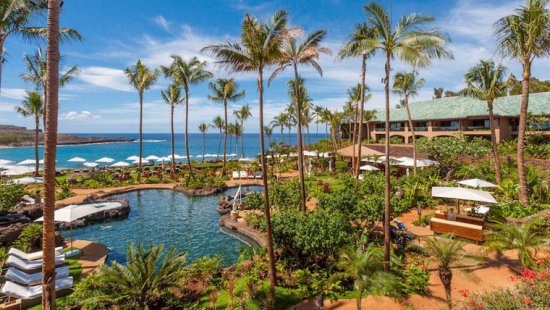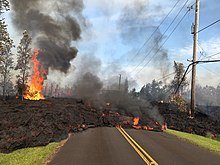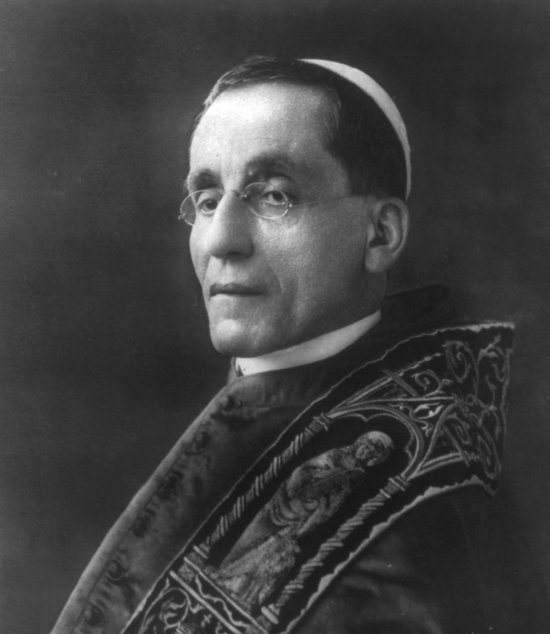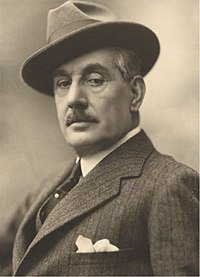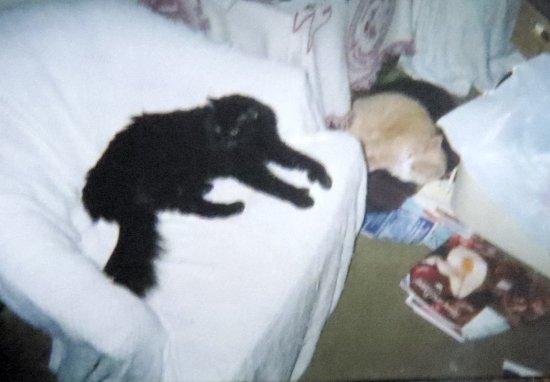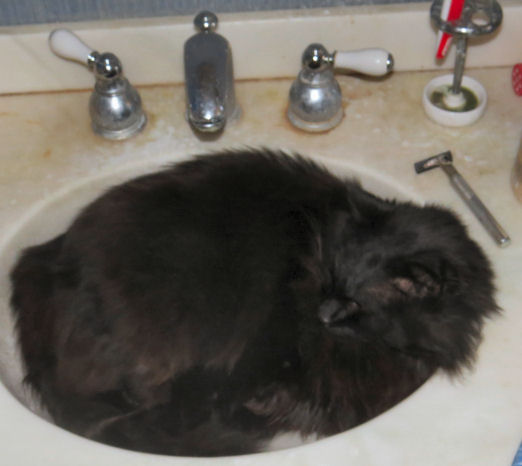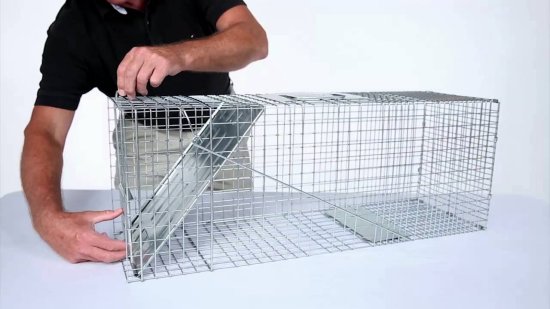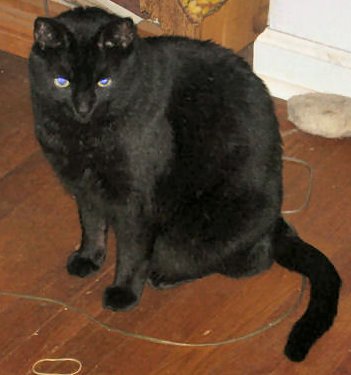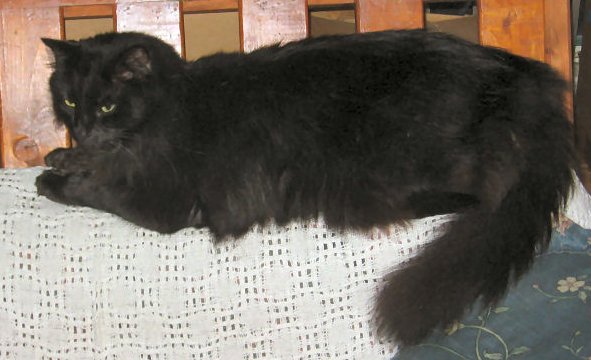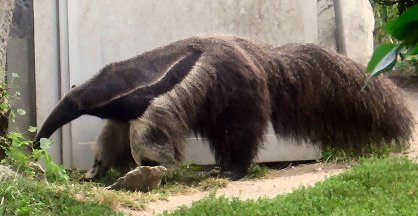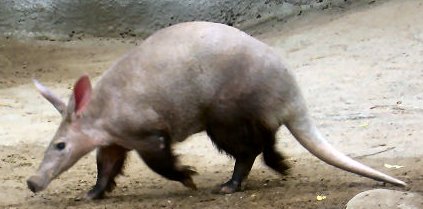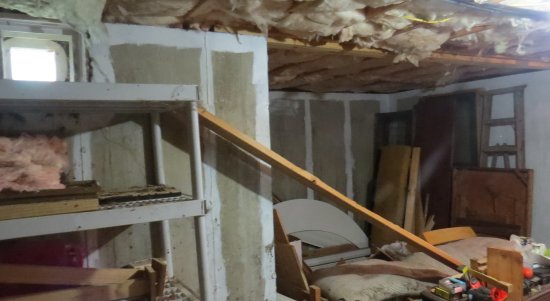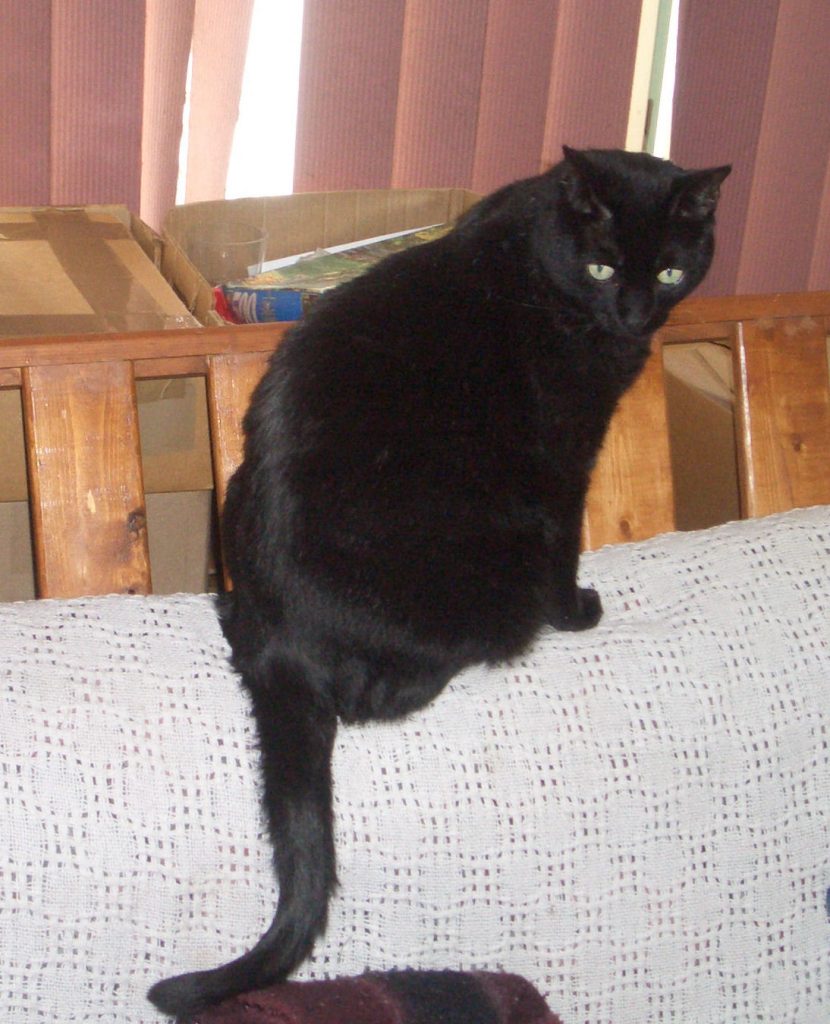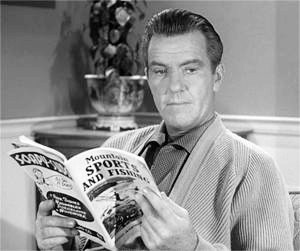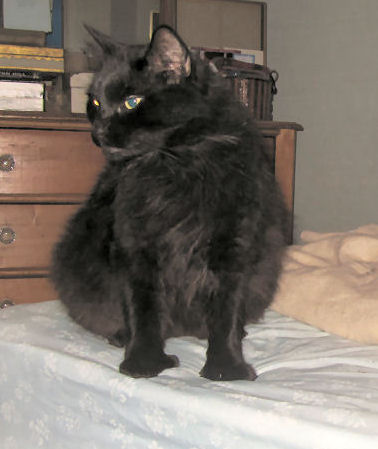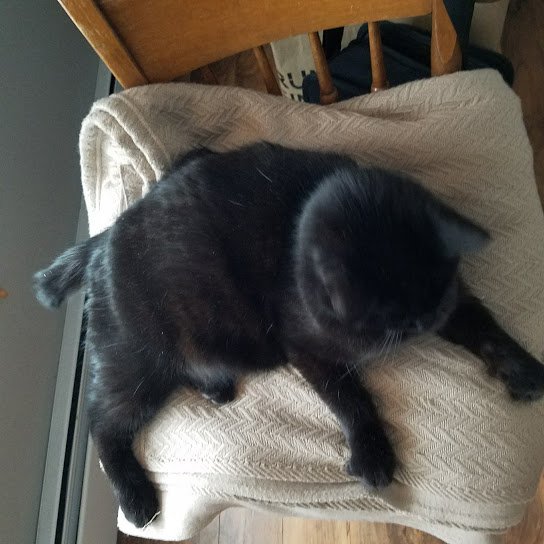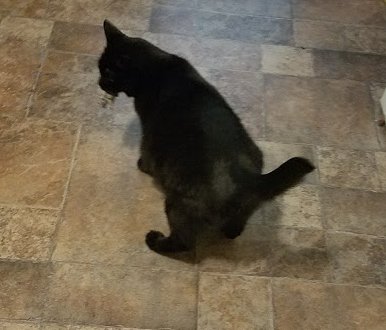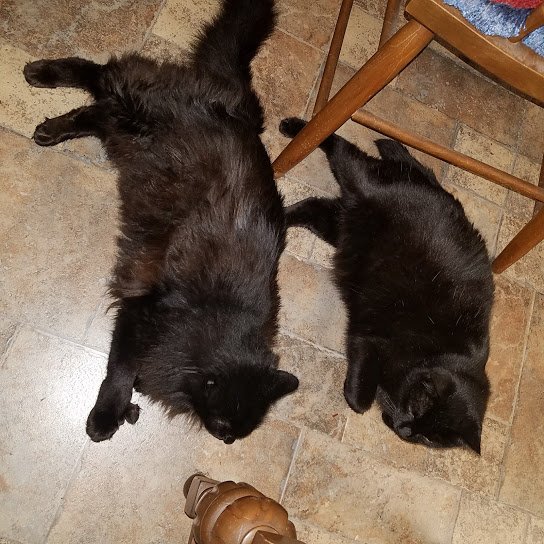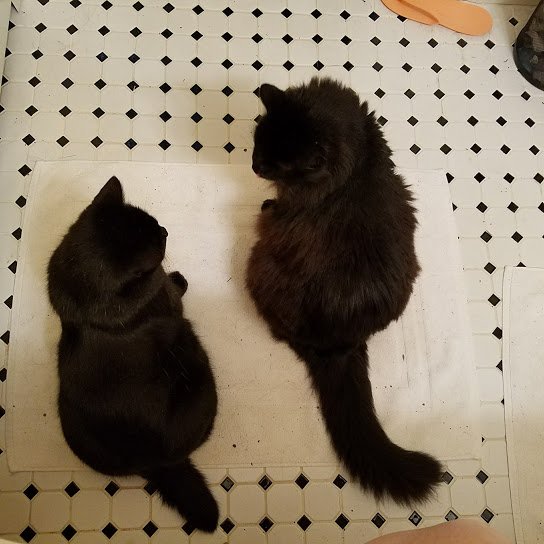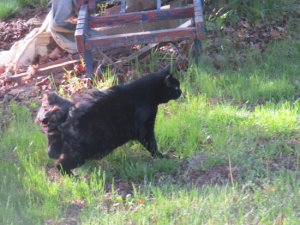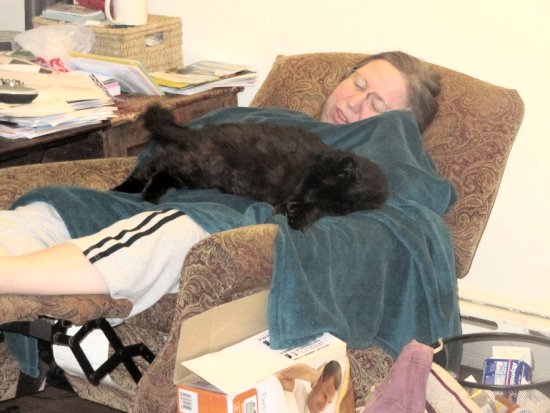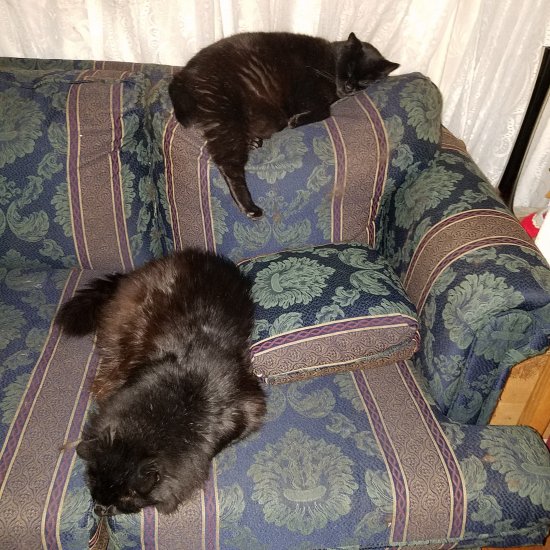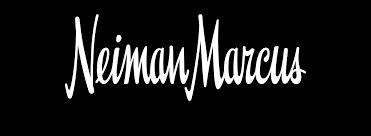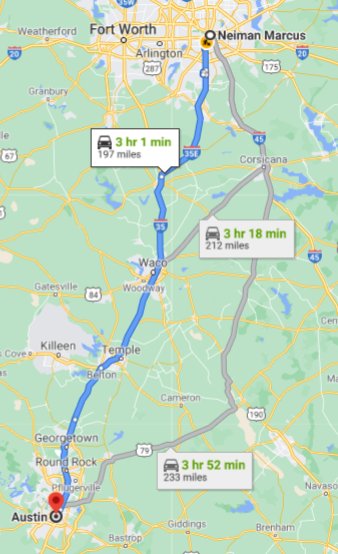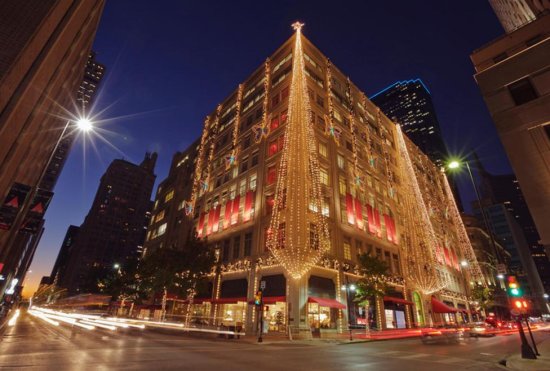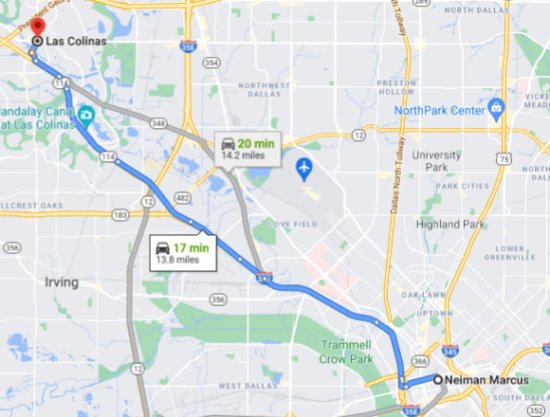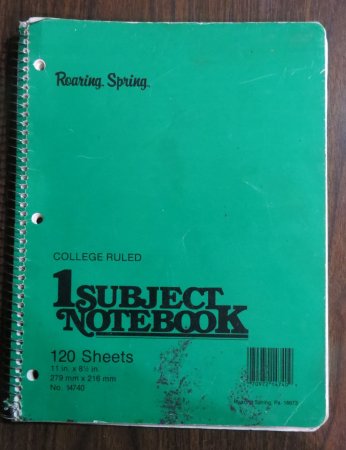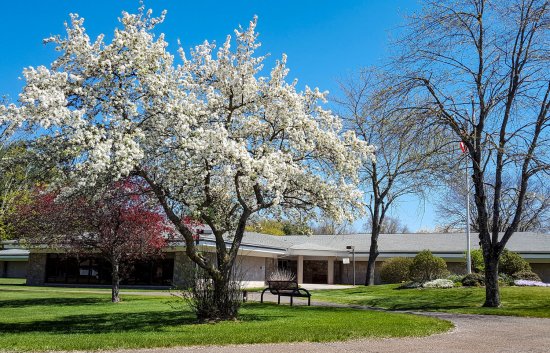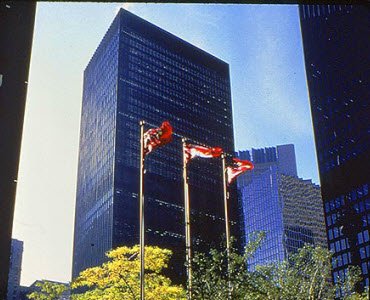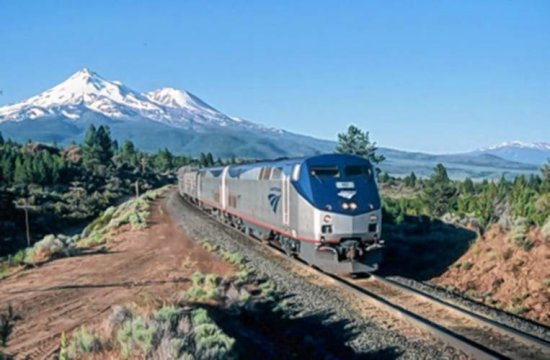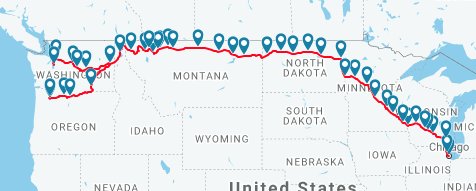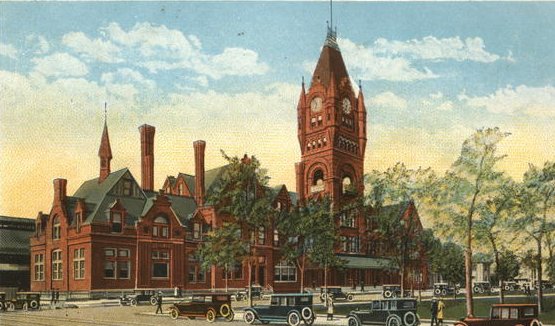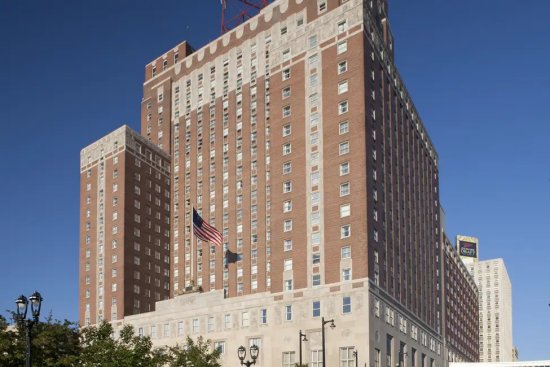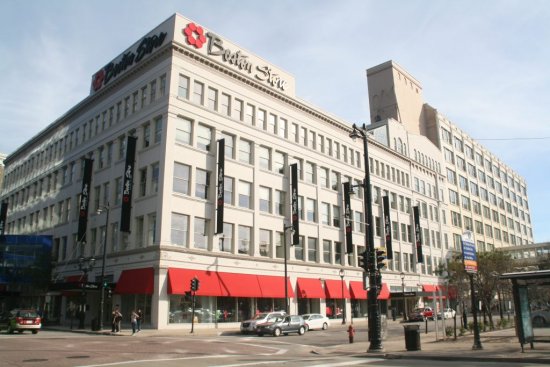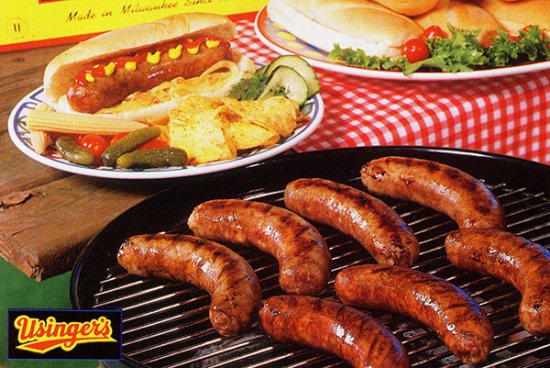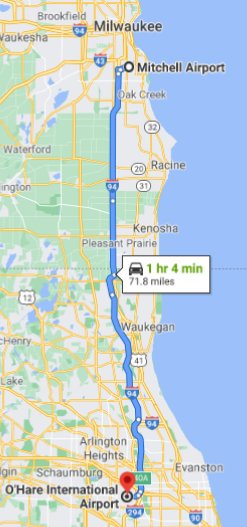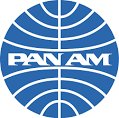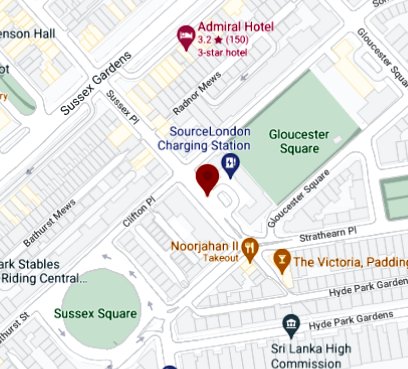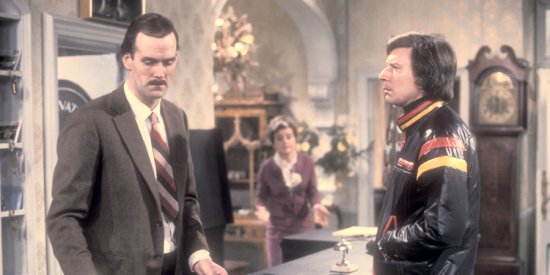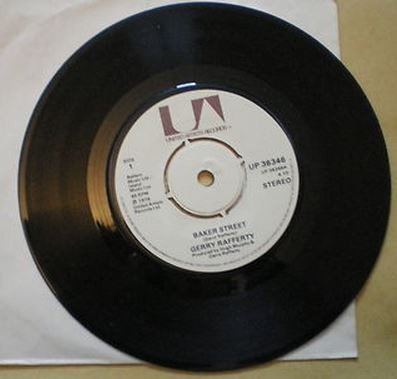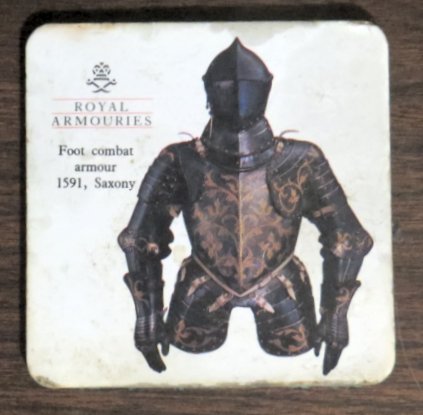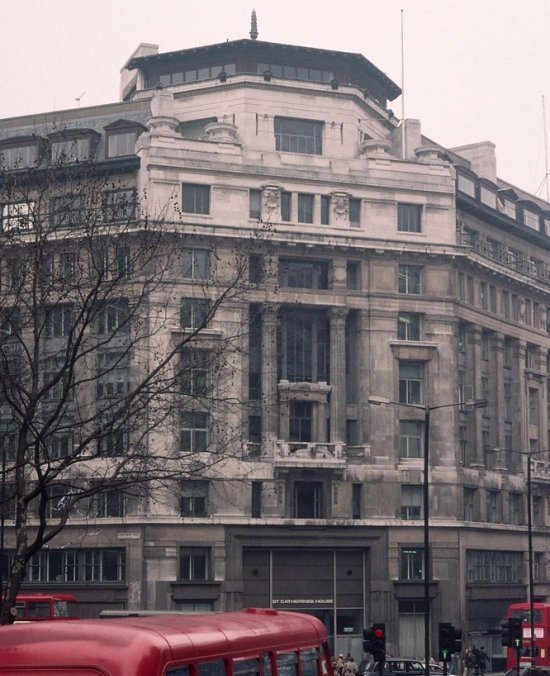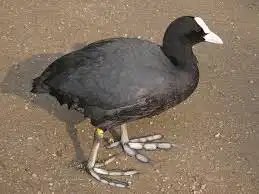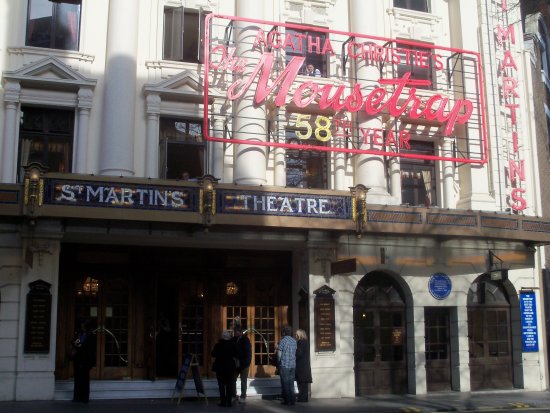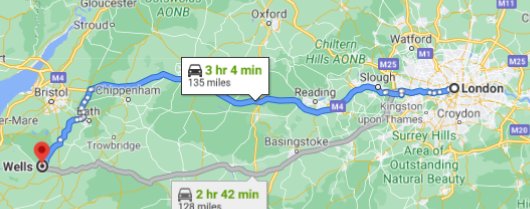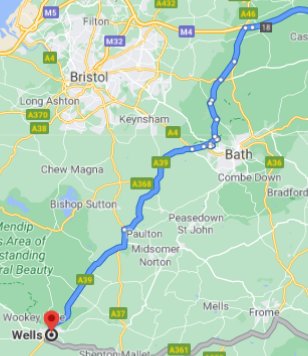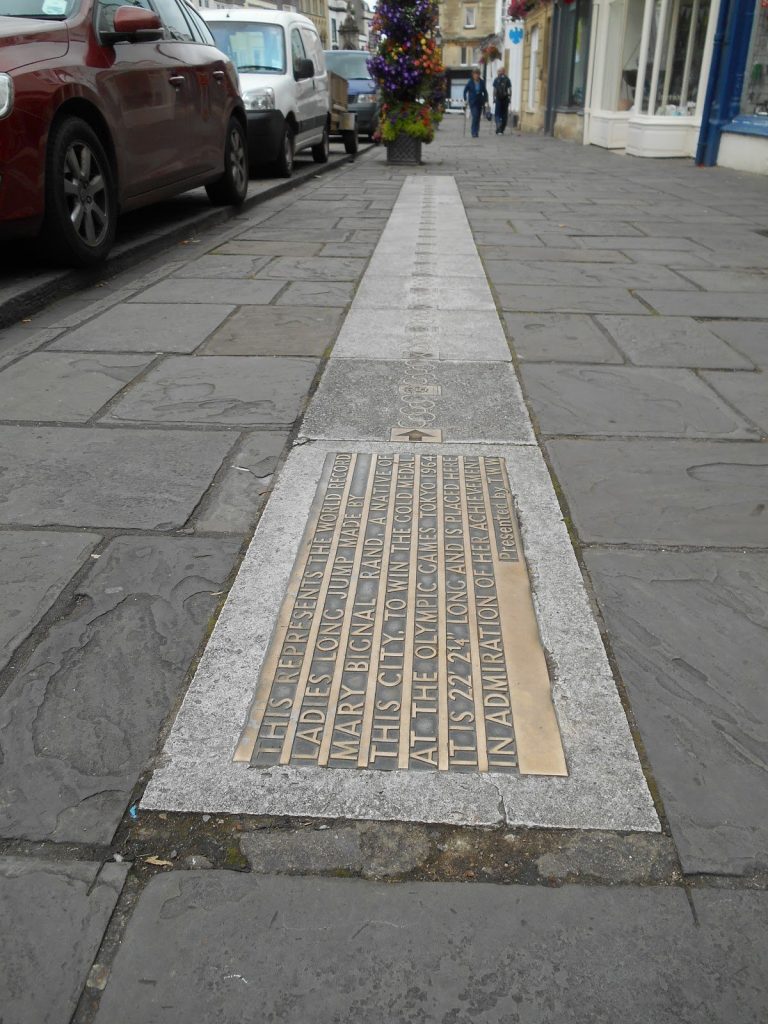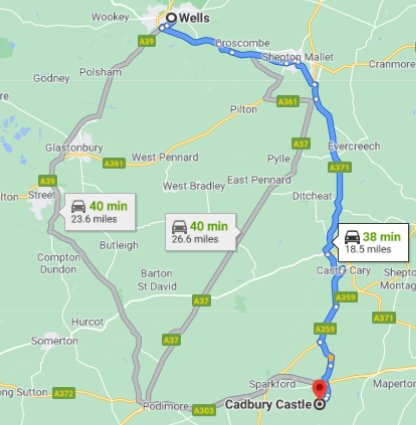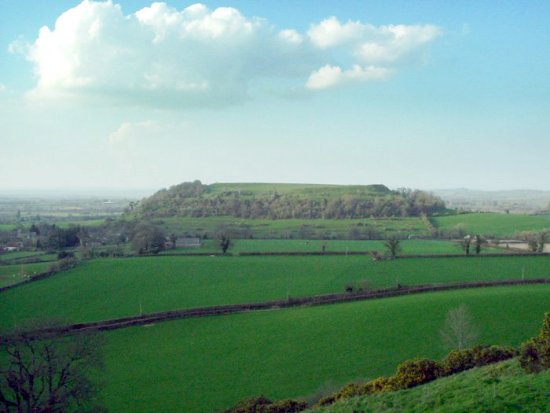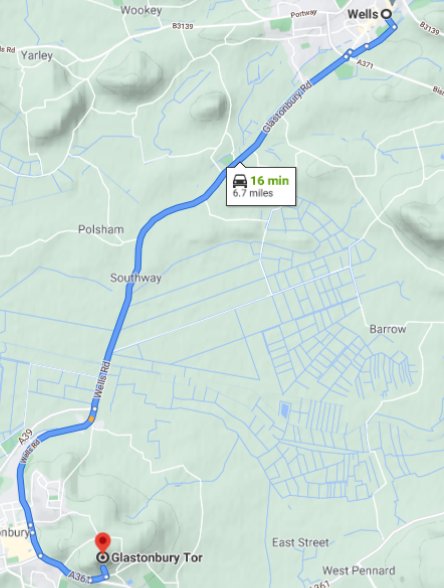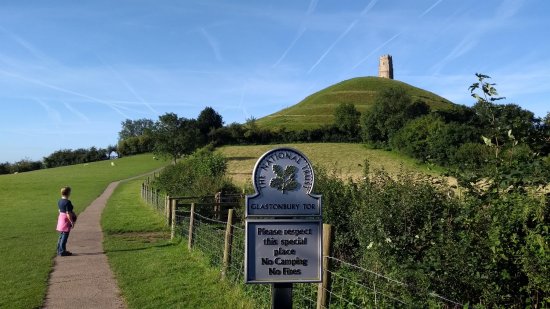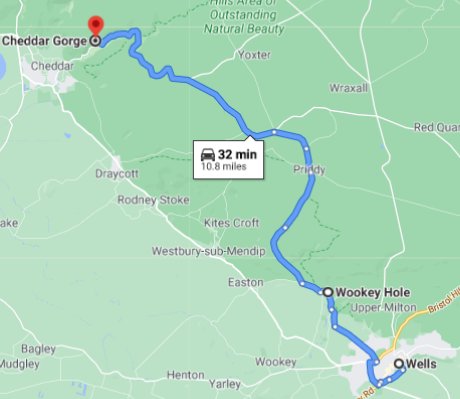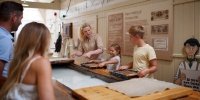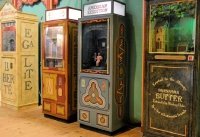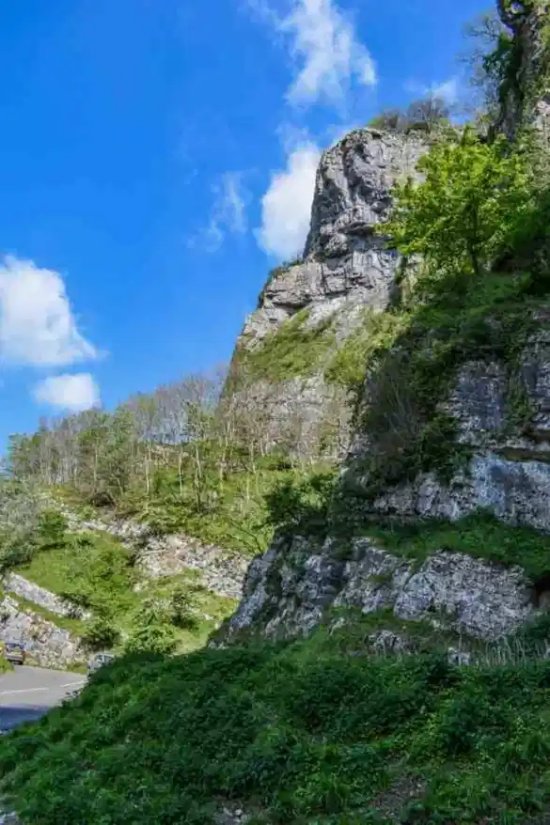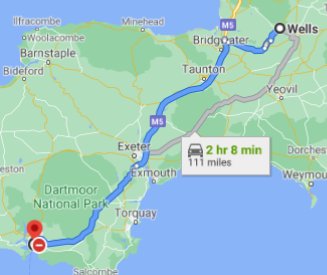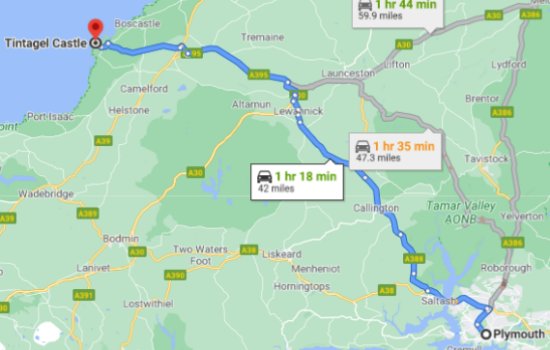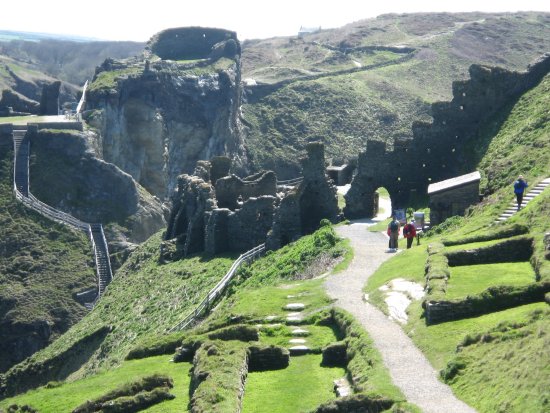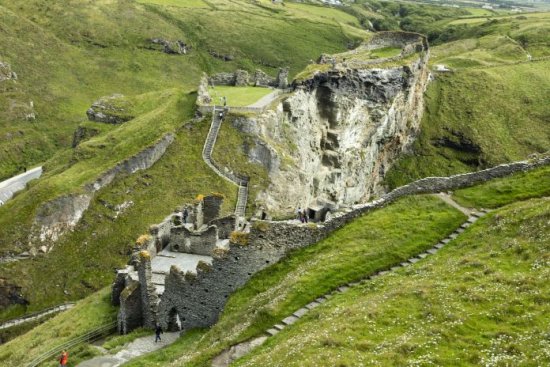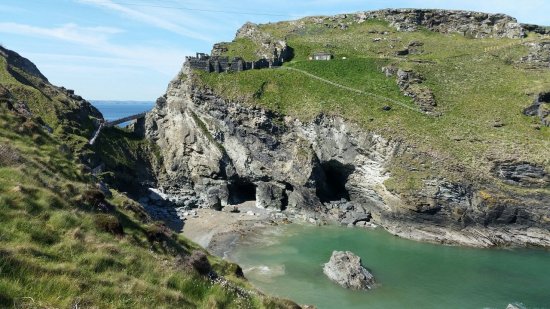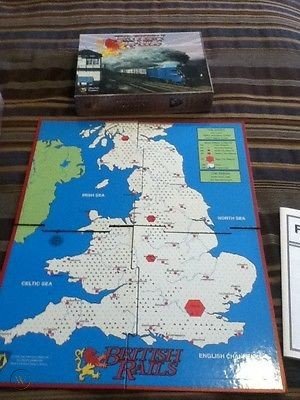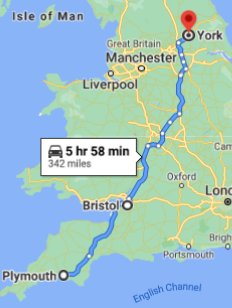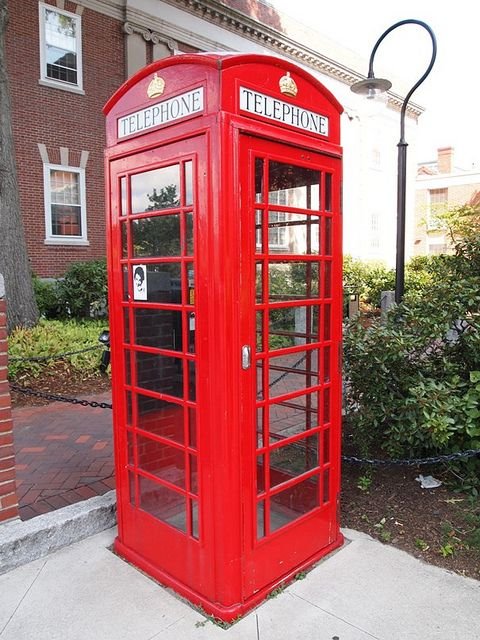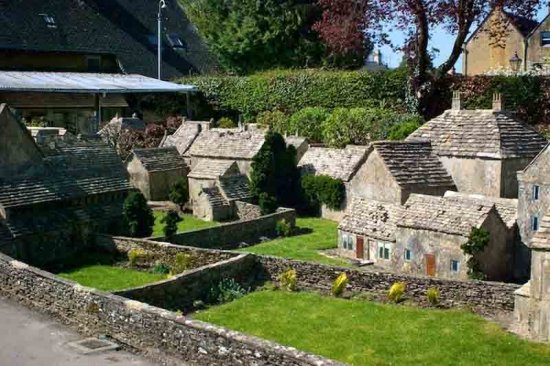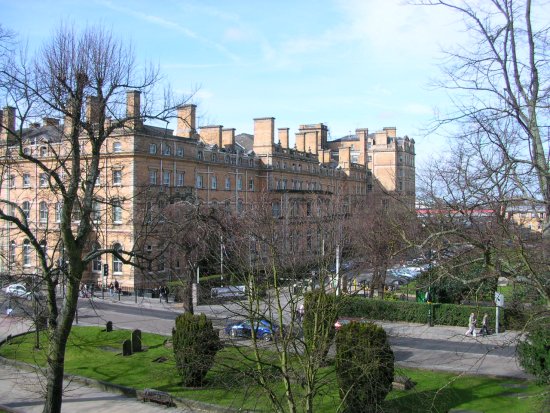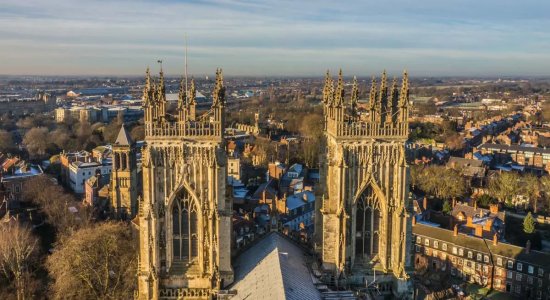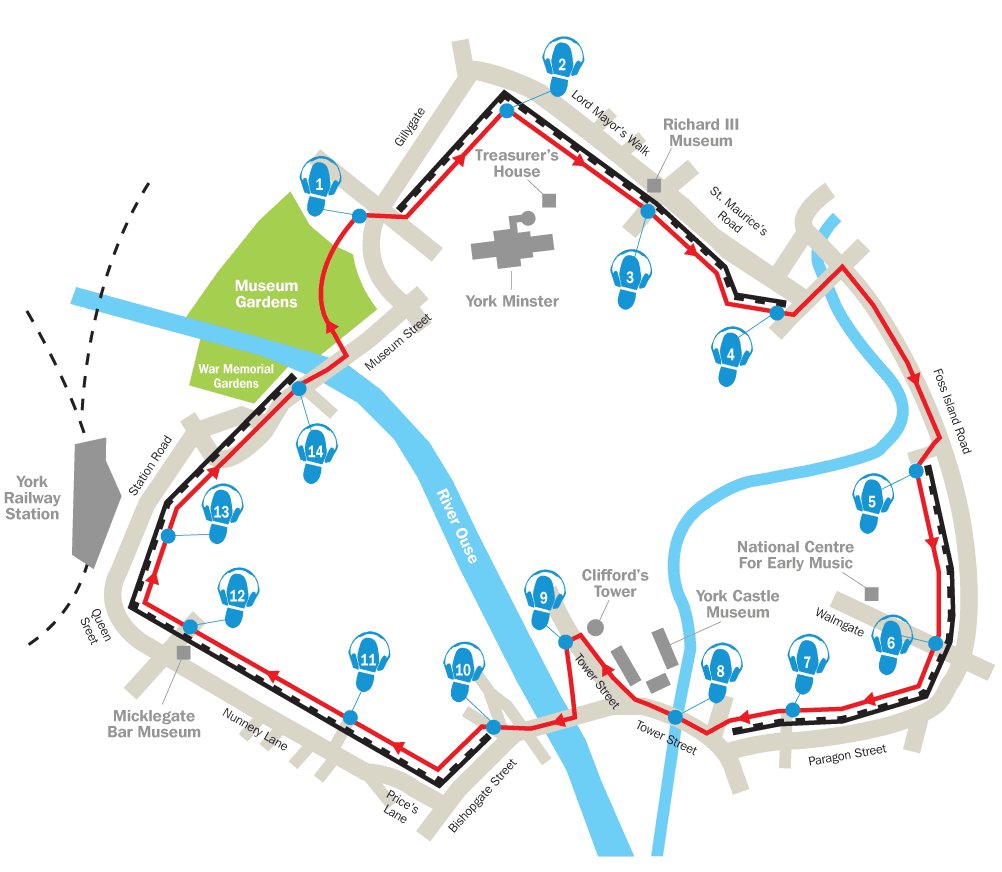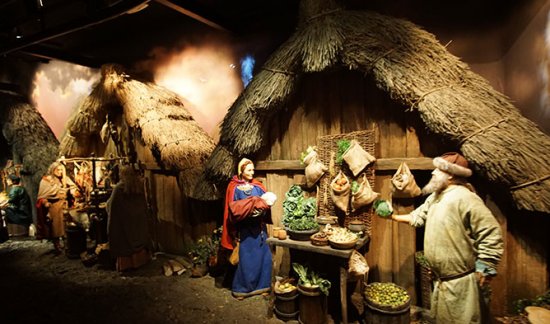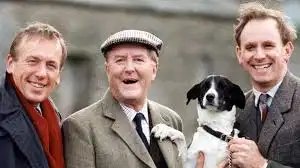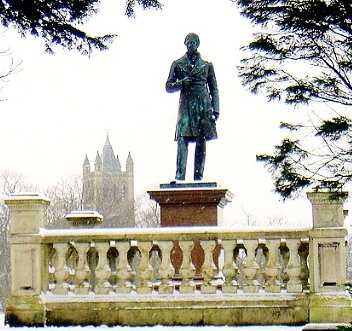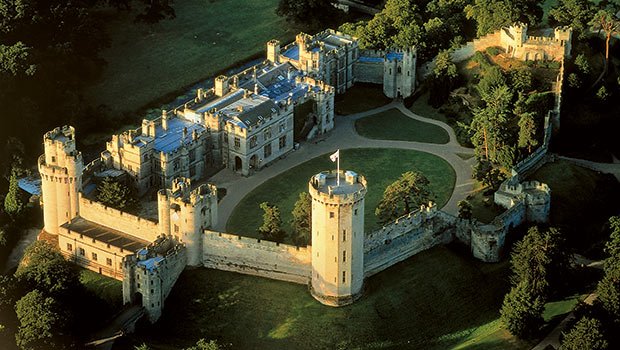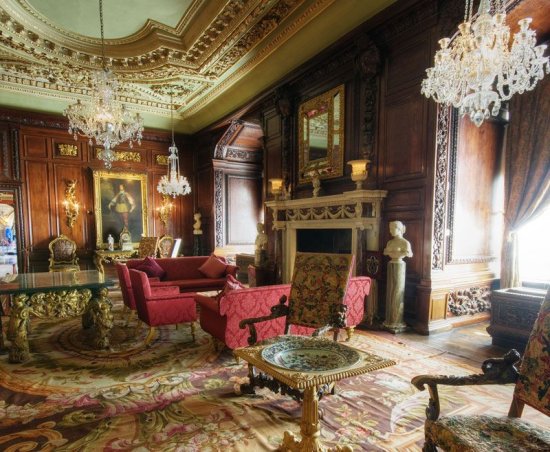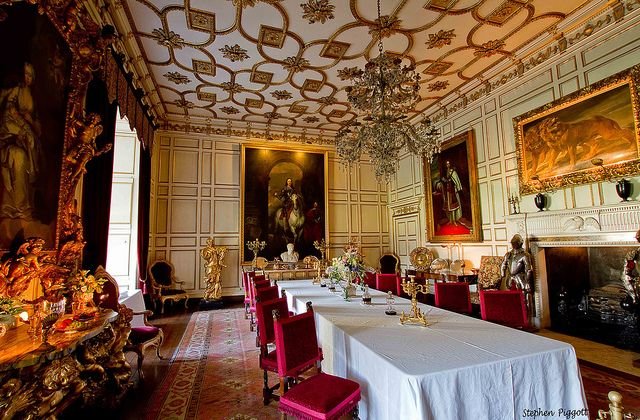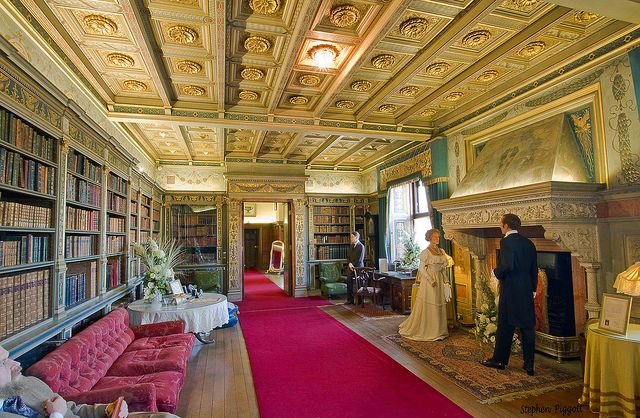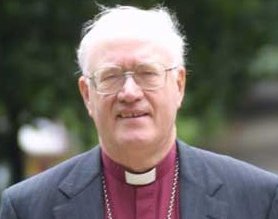Animals and more opera. Continue reading
In the summer of 2023 I spent more than a day gathering information from every source that I could think of to try to determine exactly when Sue and I took the trip to San Diego. At first I thought that it was in 2002; I even wrote about one thousand words based on that assumption. I later found evidence that made me place it as late as 2009. As I was in the process of rewriting this to reflect the new date I came upon a set of Word documents labeled SD01 through SD07. They contained the notes that I had taken while on the trip, and they were dated. So, I can say with no fear of contradiction that the trip began on Thursday, March 23, 2006 and ended on Wednesday, March 29.
The notes were evidently intended to be expanded into a readable write-up of the trip and then, along with a sampling of photos, posted on Wavada.org along with my other travel journals. Evidently I must have gotten either busy or lazy; the readable journal never was written, and nothing was ever posted.
The good part is that the notes were a lot better than the septuagenarian memories that I would have needed to tap. Unfortunately, the photos have been lost. If I had integrated them into a journal, I would still have the best of them.
On the same day that I found the notes I rummaged through the bottom shelf on the bookcase in my office and found a paper bag with the imprint of the San Diego Opera on it. Inside was a receipt for the opera tickets, the program for the performance that we saw, and many other items from other places that Sue and I had visited. I would have preferred to find my photos, but this find greatly increased my enthusiasm for working on this entry.
Preparation: In March of 2006 we had two cats, the youngster Giacomo (introduced here), and my best buddy Woodrow (introduced here). The notes stated that Woodrow “purred in my ear”, which is how he often told me that it was time to get out of bed. We planned on leaving the cats alone in the house for a week, but we were not worried about them. Woodrow was well past his prime, but he was very self-reliant and quite tough. Besides, if things got bad, they could go outside through the cat door and make mischief. Sue’s father-in-law Chick Comparetto1 promised to look in on them to make sure that they had food and water. Woodrow was not afraid of strangers (or anything else). He would certainly greet Chick at the door and ask to be petted. Giacomo in those days was quite shy. Chick probably would never lay eyes on him.
I had a Frommer’s guidebook for San Diego that I purchased in 2000 for the business trip that I took with Denise Bessette in 2000 (recounted here). I did not use it much then, but I must have researched it much more thoroughly in 2006.
We planned to meet up with Marva Whitehead, whom we had met on our first trip to Italy in 2003 (documented here), for dinner on Monday. To pay for the trip we were using my frequent-flyer miles on Delta, my Hilton Honors points for the hotel stay, and my frequent-parker points at Executive Valet Parking for a spot near the airport. It was actually a pretty economical trip.
The notes said that we brought Sue’s backpack/suitcase purchased for the 2003 trip to Italy, the duffel that IBM had given me in 2000 and the cats had baptized shortly thereafter, a suitcase held together with duct tape, and another backpack that contained my computer. Sue also probably brought an assortment of bags to use as carry-ons. I brought my camera (a small Cascio point-and-shoot digital) with some ability to zoom. Sue may have brought her camera, too.
Sue had arranged for John Bolling, a former IBM employee with whom she had worked in (or maybe even before) the early days of TSI, to meet us at the airport in Atlanta during our layover there. Our plane to San Diego did not leave until 6:18PM.
Thursday March 23: Our first stop was at Chick’s house. Sue gave him the spare key to the house. We then ate brunch at the Denny’s on Elm St. at a little after 10AM. For some reason we made two trips to the bank (or maybe one each to two different banks). Sue sent an email to Marva just before we left.
We drove in my Saturn to Executive. The guy in front of me in the line there asked the clerk about the company’s points system. He had paid only $4 per night by using prepaid coupons. It was nice for once to be the one who was going on vacation. Usually I was the stressed-out guy on a business trip, and everyone else was giddy about their upcoming vacation. It was an even better feeling this time because I had amassed enough points to pay for the car’s entire stay.
Our itinerary called for us to leave Bradley at 1:55 p.m. and to change planes in Atlanta. We arrived at the airport with plenty of time to spare. For once there was no problem getting through security. Because of problems in Atlanta we did not actually leave until 2:41. Sue made short work of an ice cream cone while we were waiting.
The flight from Bradley to Atlanta was completely filled. Sue volunteered to take the middle seat, but she was quite uncomfortable. She learned that the guy next to her was going to Costa Rica to photograph wildlife. I had made this trip so many times that it was like riding a bus for me.
Somehow John Bolling found us in the gigantic Atlanta airport. He had a job there working for AirTran Airways2. He told us that he did not like his assignment at all. He had reportedly lost twenty-five pounds in five weeks.
I bought and consumed a gyro and some curly fries while we were waiting for our plane to depart. It did not do so until 7:15.
The plane to San Diego was also very full. No meal was served on the flight, but we did get drinks and a package of snacks. I selected trail mix, Later the flight attendants brought some Gouda cheese spread, and crackers plus some kind of buttery shortbread stick. One passenger was a guy from Italy. I was impressed that the stewardess was able to converse with him in Italian.
Sue watched a movie on the little screen on the back of the seat in front of her, “The Family Stone,” with Sarah Jessica Parker, Diane Keaton, and Dermot Mulroney. I was in the middle seat. I undoubtedly brought something to read, study, or play with, but the notes did not mention anything. The guy next to me brought absolutely nothing with him for diversion, and he did not avail himself of anything offered by the airline. He just sat there.
Although we gained three hours during the flight, it was still 9:30 by the time that the plane’s wheels touched the ground. When we arrived at the baggage claim area, I was amazed that our luggage was not there. This NEVER happened to me on business trips, and on this occasion both of our flights departed late. It was hard to imagine how Delta had screwed this up.
Sue was upset about it. It did not bother me a great deal. In the worst-case scenario we might need to wear the same clothes for a day or two. Only one person in San Diego knew us in San Diego, and we were not scheduled to see her for a few days.
We told the people at baggage claim that we were staying at the Hampton Inn in Kearney Mesa. They said that they would deliver the bags to us there.
We walked to the Avis counter and picked up our rental. Our vehicle was a blue Chevy HHR that, according to a form that I found in the bag, had been inspected by someone named Otis. I had seen one or two of these cars before, but they were still an oddity if March of 2006. I was not impressed. It had no pickup at all.
We found our way to the Hampton Inn in Kearny Mesa. By then it was nearly 11:00, which was 2AM Enfield time. I had never had a bad experience checking in at a Hampton Inn. This clerk was unenthusiastic, but he seemed competent. We told him that Delta would be delivering our luggage, or at least we hoped so.
We quickly went to sleep, but for once we hoped to be disturbed during the night.
Friday March 24: The bags were delivered at 1AM. They appeared to be in no worse shape than when we had checked them.
All Hampton Inns provided a free breakfast buffet. Sue likes to go to restaurants for breakfast, but the selection at this hotel was pretty good. This was a good deal for people who can tolerate plastic silverware and are not picky about how their eggs are cooked. I had scrambled eggs and biscuits, fruit, and cereal. The setting was very elegant by Hampton Inn standards.
Our plan for the day was to visit the San Diego Zoo’s Wild Animal Park3. The name was slightly misleading. Although the park was affiliated with the zoo, it was located in the San Pasqual Valley east of Escondido. It was thirty miles north of the zoo.
We had a very beautiful day for our visit—74 degrees and sunny. We drive north through a naval air base and then east through the back country. We drove by an ostrich farm, which was a first for me, and a few places where visitors were allowed to pick their own oranges.
The park was huge. It covered 1,700 acres! The animals at the park were not, for the most part, kept in cages. Rather they were kept in groups in areas that resembled each one’s natural setting. The easiest way to see a lot of animals fairly quickly was to take the monorail4, a two-car open-air train that made a clockwise circuit around the entire park.
The park was not too crowded. We picked up a map of the park and a list of the shows and their times. We also picked up pamphlets that described two sections of the park, Heart of Africa and Condor Ridge. The former contained the vegetarian animals that resided on the savannas. The latter contained animals from North America.
There were a few empty seats on the monorail. We took Frommer’s advice and sat on the right. The trip lasted a little less than an hour. Each train had a guide who explained over the intercom what area of the park we were passing and what animals were visible. In a few cases she needed to direct our attention where some of them were hiding.
The train ride was great fun. We saw three separate types of rhinos. At one point the guide told us about some kind of Japanese animal that was in a culvert directly beneath the train. We passed through lots of different terrains. We even saw mountain goats and bighorn sheep in the Condor Ridge section, a bonobo playing with a basketball, and a giraffe doing the splits in the Heart of Africa.
We could see a balloon ride that we did not take. There were also trucks that you could ride in. Their main purpose was to feed the animals, but visitors could pay to tag along.
My most distinctly remembered experience occurred near the end of the monorail ride. The guide told us to be very quiet as we were approaching a new exhibit. She warned us not to make noise, because it might disturb one of the park’s newest resident, a bobcat. We need not have worried; I doubt that any noise we made would have disturbed a loader manufactured by the Bobcat company.
After the monorail ride ended we stopped for some food. We purchased an apple, banana, muffin, a bag of $4 potato chips and a $4 glass of Diet Coke. I also got a refill for only $1. In 2006 these prices were outrageous.
I think that we walked up to Condor Ridge, which is in the northeast corner of the park. My notes say that we saw a bald eagle, some prairie dogs, and a porcupine.
Somewhere in the park we saw all of the following. I probably took photos of all of them.
- Gorillas being fed some oranges.
- A hummingbird and a bustard.
- A sleeping warthog.
- A meerkat colony. One was on guard; the rest were underground.
- A bird show. I wrote: “Pete and girls. Forgot about the parrot act.”
- An elephant show with two performing pachyderms, Mary and Cookie. The trainer’s name was Brittany.
- “Poop from egret.”
I loved the Wild Animal Park even more than I had loved the San Diego Zoo six years earlier.
We ate supper.at the Pampas Bar and Grill5 in SanDiegoVille. Our waiter was named Pedro. I ordered a ribeye and mashed potatoes. Sue had a strip steak with sauce and rice. The vegetables were understandably meager. Argentinians are notoriously carnivorous. A guy played the guitar and a harp while we were dining.
The vacation was off to a great start.
Saturday March 25: The plan was to spend the entire day in San Diego. The weather cooperated. It was around 70 all day long, and it was sunny.
We ate breakfast in the hotel again. I had sausage and scrambled eggs, with biscuits, fruit, and cereal. The baseball team from Westmont College in San Diego was in the dining room at the same time as we were. Their uniforms had maroon trim. They reminded me of UMass’s colors. I had stayed at many Hampton Inns. I had never seen a breakfast area so crowded. Sue and I had to eat at little table.
The next line of my notes says: “Convoy St. Target: _______. Big dip to get in. Drove past Home Depot Expo Center.” I am not sure what to make of this. There is a Target in Kearney Mesa, but in 2023 it is on Othello St. There is a Home Depot Design Center in San Diego, but it is not near the hotel or Target.
Balboa Park was our first touristy destination of the day. The park’s website calls it, “San Diego’s ever-changing, always amazing, 1,200-acre back yard.” I distinctly remember having trouble finding a parking space along the side of the road. Several women were reserving spaces for their husbands. When I finally found one I had difficulty maneuvering the HHR into it. It was quite a bit larger than my Saturn, and the visibility was not as good.
The main thoroughfare, which is reserved for pedestrians, in Balboa Park is El Prado. The notes describe it as “very nice”, and the photos that I found on the Internet certainly confirmed that. On both sides of it were museums, hotels, restaurants, and other elegant places.
The notes state:
Railroad museum. Wooden trestle bridge. Imperial valley. Junkyard dog. Barrel falling off of truck. Pushing truck uphill.
I assume that the first two words referred to the Model Railroad Museum that was located in the basement of the Casa de Balboa building on El Prado. Although a flyer from the museum was in the Sand Diego Opera bag, I don’t remember anything about it.
Sue had her own N scale model train layout that she constructed on the ping pong table in our basement in Enfield. Someone bought a Lionel train set for me when I was very young. My dad and Joey Kuchel set it up in the basement when my family lived in Kansas City, KS.
Evidently we saw all of the following somewhere in Balboa Park: “Palm reader, bicycle taxi, guitar and flute.” None of these references rings a bell. I distinctly remember not getting my palm read in San Diego or anywhere else.
I did not find a flyer from the Natural History Museum, but we must have gone there. We saw a movie about Baja California and a skeleton of an allosaur.
I reported “lots of interactive stuff for the kids.” Don’t ask me what “Dave in white coat in bathroom” referred to.
I have no notes about the tram that went around the park. It was free, and I found a flyer for it, so there is a good chance that we rode on it for a while.


I found handwritten directions to Old Venice Restaurant on the back of an advertising piece from Avis that was in the bag. We ate a pizza and a very good salad for supper there. The pizza had prosciutto, chicken and basil. The notes stated that the restaurant was near Shelter Island, which is really a long peninsula.
I remarked in the notes that the people in the restaurant were too good-looking. We ate our supper on a wobbly table outside. Darren was the waiter’s name. I didn’t record the amount, but I am pretty sure that I left a tip.
When we left the restaurant I noticed a small ding on the passenger side of the HHR. Dings on rental cars can be costly. I had to hope that Otis had made a note of it when he inspected the vehicle or that whoever inspected it when we turned it in was equally negligent.
I forgot to bring the good map that I had ripped out of Frommer’s in 2000. I found myself on Rosecrans road and couldn’t figure out how to get on the freeway. I also ran a red light. The notes did not state whether the malfeasance was accidental or deliberate.
Another great day!
Sunday March 26: The plan was to drive to La Jolla, Coronado Island, and Old Town in San Diego. I wonder how much I used the Frommer’s book to select the itineraries. My choices do not closely agree with “Frommer’s favorite San Diego experiences.”
Sue might disagree, but I found the weather to be less than perfect. Clouds kept the temperature in the sixties all day. That’s light-jacket weather for me.
We had the usual breakfast at the Hampton—eggs and biscuits, fruit, and cereal. They also generally provided at least two kinds of juices and plenty of coffee.
We stopped at Target again. This time we picked up some two-liter bottles of Diet Cokes and some snacks. These items were much cheaper at chain stores than at locations attractive to tourists.
La Jolla was less than ten miles to the west of our hotel. I anticipated that we might have difficulty finding a place to park, but I was wrong.
Sue and I walked down to the beach We saw the aggregation of seals that Denise and I had enjoyed so much in 2000, but the only thing that I wrote about the experience was that the rest rooms were “crummy”. My dim recollection is that it was breezy at the cove.
We walked into town and strolled around for a bit. It seems incredible, but I reported that we could not find the Best Western in which Denise and I stayed. I did take note (and probably photos) of two dachshunds.
We did not take the 26-minute route from La Jolla to Coronado Island that is shown in the map at the left.
We were in no hurry, and so we drove through San Diego down to Chula Vista and then over to Imperial Beach at the south end of San Diego Bay. from there we took the “Silver Strand” up to Coronado.
The notes indicated “6$ at beach”. Maybe that was what I paid for parking. All beaches in California have always been open to the public.
I remember that there were protestors at the incredibly elegant Del Coronado Hotel, but I do not recall what the issue was. We had lunch al fresco. It consisted of leftover pizza from Old Vienna and food that we had purloined from breakfast at the Hampton Inn.
We walked up to the legendary hotel and even went inside. I could not believe how many bellboys they had. I kept waiting for one of them to shout, “Call for Philip Morris.”
Afterwards we stopped at a place called Moo Time Creamery for some ice cream. For some reason we ordered three types of ice cream. The notes stated that Sue really liked the double chocolate and the pear sorbet. I preferred the stracciatella.
Moo Time had a statue of Elvis and another one of a cow. I found a photo on the Internet.
I am surprised that I even tasted the ice cream. It has never been my favorite food, and, if the temperature was only in the sixties, I was probably shivering while I ate it.
From Coronado we drove to Seaport Village, which was on the eastern side of the bay, so that Sue could do some shopping in what its website calls “14 acres of fine waterfront dining, entertainment and world-class shopping in the heart of beautiful San Diego”.
I had difficulty finding a place to park. I must have let Sue off and parked in a lot rather than on the street. The notes said, “Hard to park. Meet at four. Brought Sue the ticket.” I interpret this to mean that I was given a ticket so that the HHR could exit from the lot, that I brought the ticket to Sue, that I planned to mess around somewhere while she shopped, and that we would meet up somewhere at 4PM.
The rest of my notes about Seaport Village were difficult to decipher: “Smoking outside of jewelry store. Arabs. Cat.illacs.” I was evidently impressed by the number of boats in the nearby marina. I also saw quite a few sailboats in the harbor. In 2023 I have no memories of this place, but Sue’s only clear memory of the entire trip was that she bought her favorite earrings there.
From Seaport Village we probably took I-5, which in Southern California is called “The 5”, north to the Old Town section. Old Town is a State Historic Park. The website describes it this way:
Five original adobe buildings are part of the historic park, which include museums, unique retail shops, and several restaurants. The Historic Plaza remains a special place for gatherings and historic activities. Visitors can also experience a working blacksmith shop, enjoy music, see or touch the park’s burros, and engage in activities that represent early San Diego.
I reportedly was very lucky with the parking. The word “Closing” is mentioned in the notes. Perhaps the “unique retail shops” had closed for the day.
We toured the area for a while and then decided to eat supper at Café de Reyes. We ate outside. The weather was perfect for Sue, and I got to sit by the heater. Our waiter was named Daniel, and the busboy was Jorge. The clientele seemed to be equally divided between Mexican-Americans and gringos. There were free tables when we arrived, but it got pretty crowded after we sat down.
For an appetizer we ordered quesos fundidos, which was a plate of goat’s cheese and sausage. The notes indicated that I had “combination #1 and a very large margarita.” The combinations are no longer numbered on the restaurant’s online menu, and so I cannot say what it contained, but I did call the supper “very nice”.
The notes also specified a “lady making tortillas with scrunched-up shoulders.” It didn’t specify whether she worked for the restaurant or not. I assume that, despite the word order, the shoulders belonged to the lady, not the tortillas.
When we returned to the hotel we were both dead tired. Sue contacted Marva by phone or email. We saw commercials on television for Congress to replace Duke Cunningham, who had resigned in 2005 for taking bribes from military contractors.7
We also learned that although the UConn men lost, the women won.
Monday March 27: This was the zoo day. For photos of animals (including the pandas) from the trip in 2000 look here. The weather was beautiful until about 1:30PM. It became chilly after that.
My breakfast at the Hampton was sausages with cold hard biscuits supplemented by fruit and cereal. The notes indicated that I took photos of the grounds around the Hampton. You will need to imagine the basketball goal and what the “Shriner stuff” might have been.
The zoo was located in Balboa Park. By this time I was familiar enough with the area that the drive there was a stress-free experience. We arrived at about 10:00. I parked the HHR near the sidewalk between aisle 4 and 5. From there it was an easy walk to the entrance. We did not need to stand in line because we already had tickets.
We made a beeline for the panda exhibit. There was no line at all. We got to see the six-year old that had been a baby for my first visit as well as the parents.
We then took the moving sidewalk up to the polar bear exhibit. Only one of them was out, but he put on a show for us. I remember that half of the exhibit was water, and you could easily see the bears when they went for a swim.
We got a bird’s-eye view of the park from the Skyfari ride. It had been included in the price of the combo (Zoo plus Wild Animal Park) tickets that we had bought. Denise and I did not do this. My recollection is that she was not good with heights.
When we were back on terra firma we walked down to visit the tortoises. One of them appeared to be horny. After that Sue went into the lizard and reptile mesa; I think that I stayed and took more photos of the amorous tortoises. We both then spent a little time in the reptile house.
We then went to see the orangutans in their new home. The notes indicated that I took good pictures of the baby. It was painful to write the last sentence. I have got to find those photos.
We ate lunch in the Treehouse Cafe, which was definitely aptly named. The photo at the right provided a good indication as to how hilly the zoo was. I ate a chicken Caesar salad with some chips and coke. Sue had clam chowder in a bread bowl and chocolate layer cake.
While we were eating the temperature dropped like a rock. The notes do not indicate whether I brought a jacket, but I probably did.
The gorilla enclosure allowed us to be within just a few feet of the mighty apes. The notes indicated that I was very impressed with the size of the silver-back’s thighs.
We next saw the hippo, but I was unable to snap any good pictures. The water was too dirty.
The flamingos did what flamingos do.
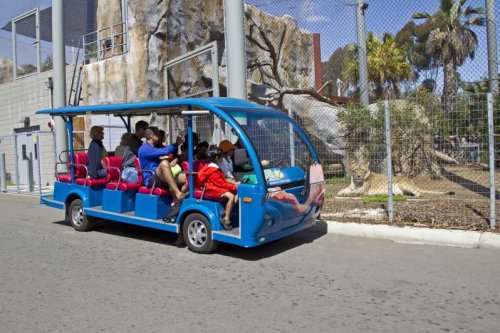
We then took the zoo’s express bus from stop 3 to stop 4 so that we could see the giraffes and the other hoofed animals. One of the giraffes was only two days old, but it was already pretty steady on its feet.
Sue was disappointed that we never saw any meerkats. We viewed their exhibit from three separate vantage point, but they all stayed in their burrow. It was a good thing that we had seen the sentinel at the Wild Animal Park. If not, she might have insisted on extending our stay in San Diego until she saw one.
We reportedly saw all of the following:
- A horny wallaby.
- Bactrian camels.
- Some very active koalas.
- Both Asian and African elephants drinking from a fountain.
- Llamas.
- Pigs.
- Capybaras
- At least one tapir..
- A peacock that had flown up on a roof.
- Quite a lot of topiary.
We enjoyed supper with Marva at the Imperial Mandarin Chinese restaurant. I had wonton soup and spareribs. Sue also had wonton soup and moo shu pork, which was apparently a specialty of the Imperial Mandarin.
One of the rear doors on Marva’s car did not work. After noting this fact I included the phrase “Simply Marvalous”.
We drove to the Black Angus steakhouse for drinks. The bartender’s name was Ryan. I had Scotch on the rocks. The notes stated that someone had a lemon-drop martini. I have a hard time believing that it was Sue. She usually ordered a Scotch if I did.
It is telling that the notes included absolutely no mention of the conversations. Either I was not paying attention, or I figured that I would remember it without prompting.
I must have had only one Scotch. I managed to pilot the HHR back to the Hampton without any difficulty.
Tuesday March 28: The original plan was to go to Sea World. However, it rained lightly all night long. By morning it looked pretty good, but the forecast was for rain all day, or at least all afternoon. We therefore decided to skip Sea World. The new plan was to make return trips to Balboa Park and Old Town.
For breakfast we ate egg pizzas (that’s what the notes said), fruit, and cereal.
This time we had no problem parking in Balboa Park. We saw busloads of kids and also witnessed a group of Mexicans or Mexican-Americans in blue warm-up suits.
I do not know what to make of the phrase “Bridge over Park Rd.” There is a famous bridge in Balboa Park, and there is a Park Blvd., but the one does not go over the other.
We saw a cactus garden and a rose garden. I also noted a pair of sneakers in a tree.
The people in the park that day were interesting. I saw a guy with a flag, and I overheard another guy who said, “I should have shot him again. I should have shot him four times.”
We visited the Reuben H. Fleet Science Center, and I picked up a daily schedule there and a flyer for an IMAX film about Greece. There was quite a bit of interactive stuff for kids in the area of the museum called Kid City. A few of the devices appeared to be broken. We watched a presentation on television entitled “Origins in Space”. It was about NASA and particularly the Hubble Space Telescope.
I don’t know why the word “Einstein” was included in the notes.
Sue and I enjoyed a cappuccino at Galileo’s Café inside the center and then watched an IMAX movie called “Greece: Secrets of the Past”. In the theater there you lean back and watch the film on a dome. I don’t think that this was a particularly useful way to learn about Greece’s past.
We saw a Venus flytrap, among many other species, in the Botanical Museum.
We walked past the Mingei International Museum, which promoted folk art and crafts from around the globe. We did not go inside.
We drove to Old Town again for a late lunch. We had tacos and a burrito at the Alamo Mexican Cafe. It got quite chilly. Sue wrote postcards, and I mailed them. The notes stated, “Alamo closed up.” I interpret this to mean that the patio area was closed because of the weather.
On our way to the car we found a store that was offering 50-65% off the regular price. The notes did not say what they were selling or whether we went in.
We drove back to the Hampton and took a nap so that Sue could stay awake during the opera, and I could prevent cartoon characters from appearing in the last act, as they had during the performance that Denise and I attended.

This time the San Diego Opera was presenting on a performance of Carmen by Georges Bizet. Both Sue and I had seen traditional productions of this opera several times. I owned a CD of the opera that used Bizet’s original version that included dialogue, not recitative. Every performance that I had seen had used recitative, which, in my opinion blunted the impact of Carmen’s personality.
We also had season tickets for the Hartford Stage Company when Mark Lamos, the director, was the artistic director. Both of us were quite sure that his Carmen would not be a traditional one, and we were right. The program for the opera contains 56 pages, but there is not a word about the production. The setting had been moved from Spain to an unnamed Latin American country and from the late nineteenth century to the thirties or forties. This really did not impact the arc of the story line much. Of course, gypsies were rare in Latin America, but it was not that hard to suspend disbelief. The famous Anvil Chorus did not seem anachronistic in this environment.
All performances of Carmen were sold out, but the two seats next to me were empty and at least one woman seated near us left after the first act.
I don’t remember whether I enjoyed the performance or not. The only detail that I remember was that one guy in the audience wore shorts. If it had been the dialogue version I feel certain that I would have mentioned it. The review in my notes was terse: “Liked Micaela. Good chorus. Great acoustics.”
It took a very long time to maneuver the HHR out of the parking garage. That’s often part of the price one pays for attending one of the ABC operas.
Back at the Hampton we enjoyed a late supper of leftovers consisting of moo shu pork and combination #1.
Wednesday March 29: When I traveled to the West Coast on business, I always returned on an overnight (“red-eye”) flight. The times of our return flights were not specified in the notes, but we obviously spent most of the day getting from San Diego to Enfield.
I woke up with quite a bit of energy and decided to go for a run. After a few minutes it started to sprinkle, and I returned to the hotel.
Since getting food is always somewhat dicey on airplanes and in airports we decided to treat ourselves to a full breakfast at the Spice House Café.9 It was less than a mile from the hotel. We had veggie frittatas and “gyros meat”, which I presume was lamb The portions were enormous. The very nice waitress, whose name I did not record, kept the coffee flowing. It rained quite hard during breakfast, but then it cleared up.
We returned to our room at the Hampton Inn, packed our things into the HHR, and checked out. Sue, needless to say, brought leftovers.
I stopped for gas at an Arco station. The pump wouldn’t accept my ATM card10 for some reason. I went to a nearby Chevron station that accepted the card. We then drove to the airport and returned the HHR to Avis. Either they did not notice the ding, or they didn’t care.
The notes said, “Raining in Salt Lake City.” So, we evidently changed planes there. I had been in that airport at least once before, but it is the only place in Utah that I have visited. The other states that I have missed (as of 2023) are Wyoming, Montana, Idaho, North Dakota, and Alaska.
We ate leftovers from breakfast on the flight from Salt Lake City to Bradley. There was plenty of time for Sue to watch a movie. She did not ordinarily like science fiction, but maybe “Aeon Flux” with Charlize Theron was the only thing that was available. I worked on sorting and editing my photos, the B4 deck11, the notes, and playing bridge on Bridge Baron.12
Both our bodies and our luggage arrived at Bradley International intact. It was probably pretty late; we lost three hours in the air. I called Executive Valet, and they sent their bus to bring us to their lot.
As always, my Saturn13 was running and parked near the door of the office. It was a little disconcerting that the “Service engine soon” light was on.
No trip was over until we verified that the cats were OK. As the Saturn entered the driveway we saw a grey tiger-striped cat in the yard. This was not a good sign; he was not one of ours. Woodrow, as expected, greeted us as soon as we went through the door. He showed me that there was no cat food left in the gravity dispenser. I poured some into the metal plate that the cats ate from.
Giacomo made an appearance the next morning. The entertaining and exciting trip to San Diego was officially completed.
1. Sue was married (but estranged) when I met her in 1972. Her father-in-law, Chick Comparetto, lived in Enfield about a mile from our house. He looked after our cats on most of our big trips. His obituary can be found here.
2. At the height of its popularity AirTran operated 700 flights per day, many of them passing through Atlanta. It was acquired in 2011 by Southwest Airlines.
3. The park was renamed San Diego Zoo Safari Park in 2010.
4. In 2010 the monorail was replaced by a set of wheeled vehicles with similar capacity.
5. The restaurant closed in 2019 after twenty years in business.
6. Give the kid a break. His parents could not find the Smithsonian in Washington, DC.
7. Are you surprised to learn that he was pardoned in the waning moments of the Trump administration?
8. You do not need to go to San Diego to be entertained by the zoo’s polar bears. You can watch them on polar-cam.
9. The Spice House Café closed its doors for good in December of 2018. It had been in business for twenty-six years.
10. Perhaps the most puzzling thing in all of the notes is the fact that I used an ATM card to buy gas rather than a credit card. By that time I paid for everything with credit cards in order to amass points. I had separate American Express Cards for Hilton and Delta. I had used them to earn enough points to cover most of the costs of this trip.
11. I can’t be certain, but this probably refers to a deck of flash cards that I created for quizzing myself on Italian vocabulary. The English words were sorted alphabetically, one card per word; the Italian word or words were on the back. The B meant that deck contained English words that started with the letter B. They were sorted alphabetically. The 4 meant that this was the fourth deck. There were at least ten thousand cards in total. I went through the entire set of decks more than ten times.
12. Bridge Baron was a terrific software product that facilitated the learning of bridge, both play and conventions. I had Bridge Baron15 on my laptop. The last version of the software that could be installed on your computer and run without the Internet was Bridge Baron29. In 2023 the app Bridge Baron Gold is still for sale.
13. The Saturn lasted until the end of the year. I traded it in for a beautiful sapphire-blue 2007 Honda Accord coupe.


